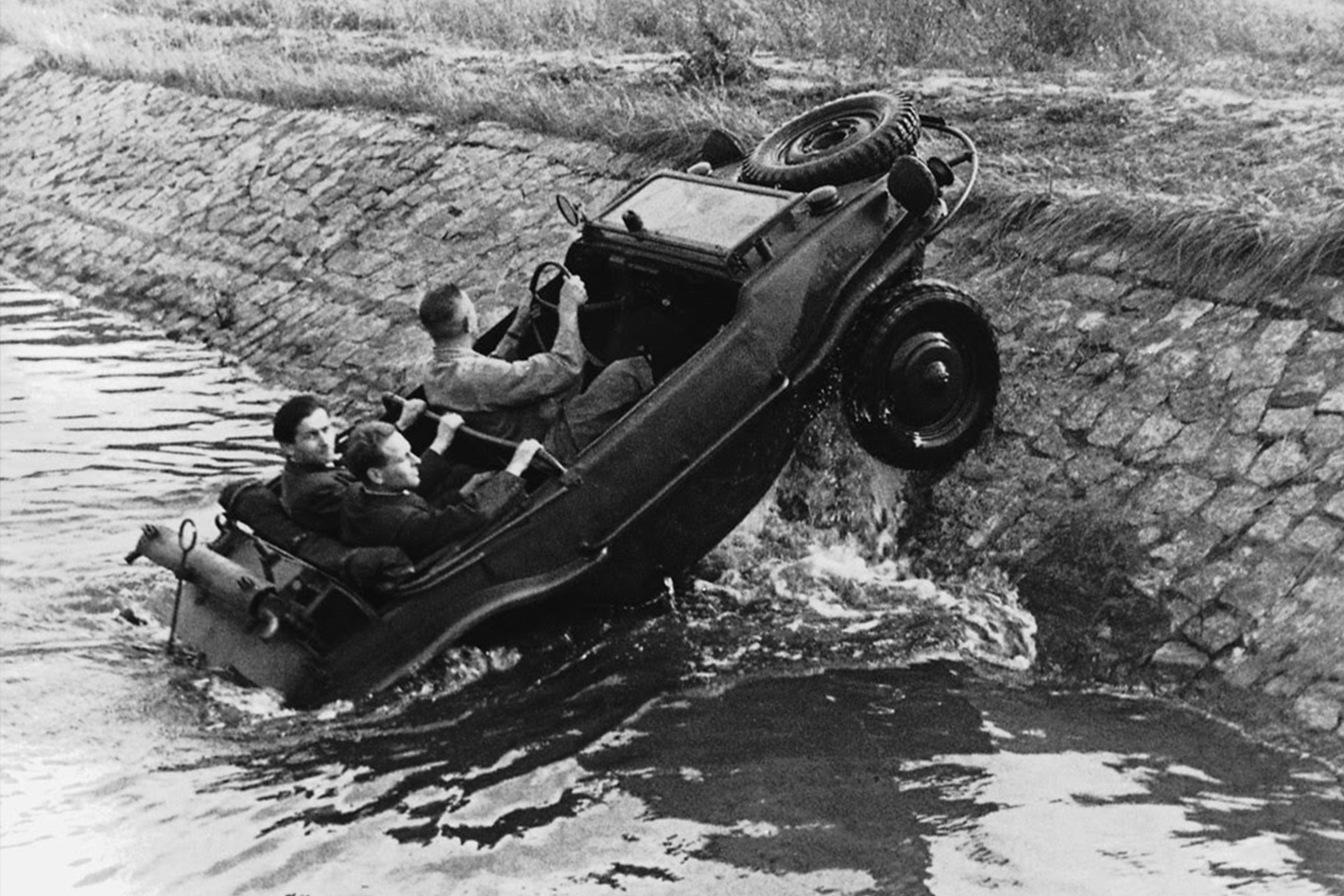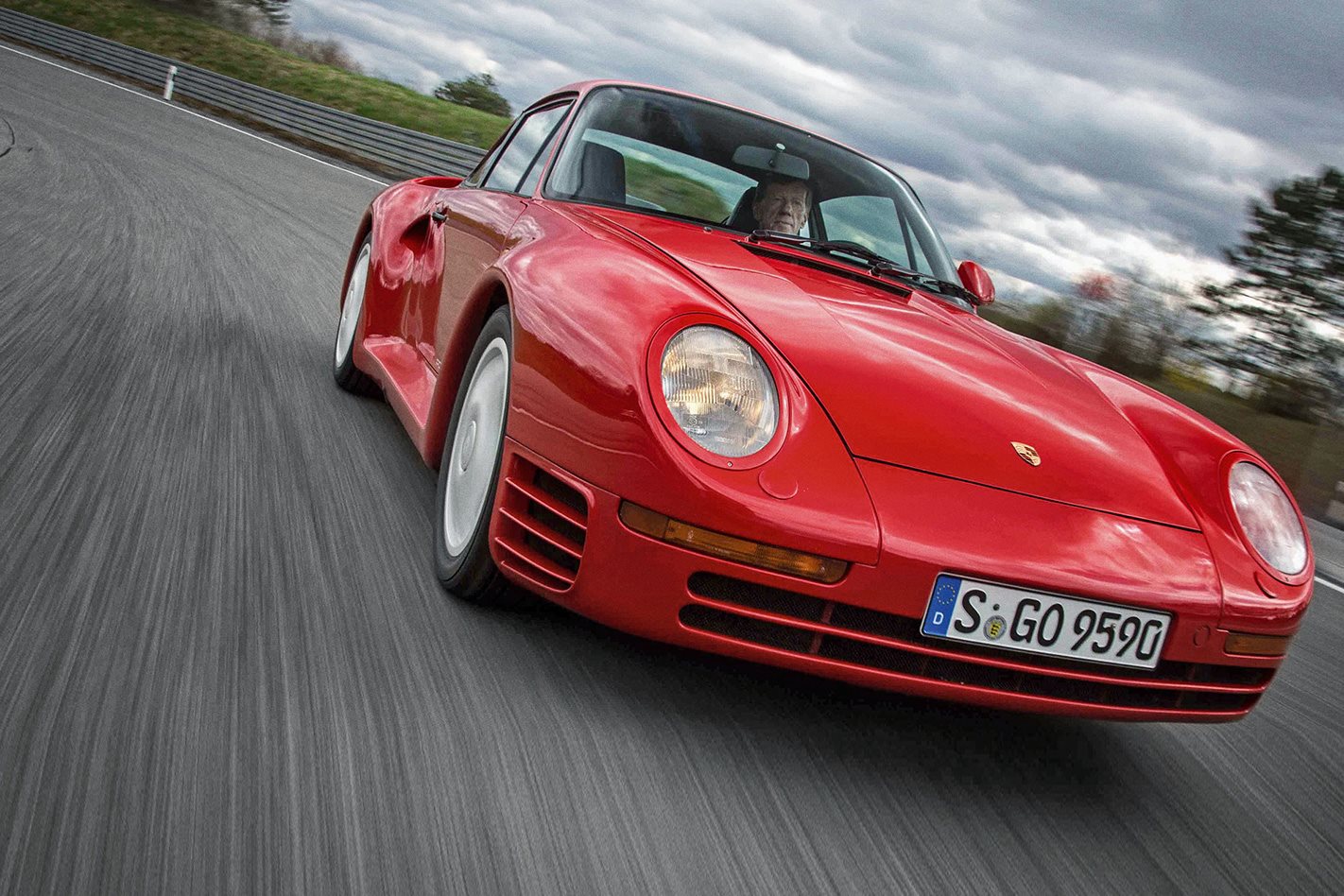A LIST of the historic cars imported into Australia since 2000 has revealed the discerning tastes of local collectors – and others we’d rather forget.
The list, released by the Department of Infrastructure under Freedom of Information legislation last month, runs to more than 65,000 vehicles across more than 1800 pages.
It includes variants of vehicles that have attracted some of the highest prices paid at auction, including a 1958 Ferrari 250GT coupe, a reproduction Jaguar D-Type, various versions of the Aston Martin DB4, and a 1932 Bugatti Type 55. Collectors’ editions of some of these models have all sold for more than $US10 million.
The cars – and motorcycles if that’s where your interest also lies – cover everything from early electric cars, showing how our current obsession with battery-fuelled technology is history repeated, through to historic race cars, including one wearing the Brabham name. The list is not definitive – we know of many cars that aren’t on it, some of which we’ve imported ourselves – but as a subset of what’s come ashore, it makes for fascinating reading.
Here’s our pick of the cars on the list – the ones that have our pulses racing, and the ones that would have cost more to ship then they’d be worth.
If you’re a curious one, you can also read the full list here.
AC 3000ME
In the early 1970s, British boutique sports car maker AC decided it wanted a flagship mid-engined coupe. However, it would take another five years for the AC 3000ME, featuring a transverse-mounted Ford “Essex” 3.0-litre V6 paired with AC’s in-house developed five-speed manual gearbox, to prepare for sale. The Ghia-designed, English and then Scottish-built coupe was built in very small numbers for a handful of years – just over 100 were produced, as well as five prototypes – so to see one turn up here is like tripping over a mountain of rocking horse poo.
The Aussie car, designated a 1981 model year, is most likely a turbo version imported by Greg Smith and then campaigned in tarmac rallies – and one that Smith notes “shows the standard evidence of these models in having had a significant engine bay fire” as well as having been tipped on its roof “at least once”.
Estimated value to Wheels readers: $30,000

The Alfa Romeo Montreal came at a time when the Italian car maker was styling some of the most head-turning models in the marque’s history. Two were brought into Australia; a 1972 Tipo 105.64 similar to the black one that more recently featured in the movie Atomic Blonde, and a 1974 model. Powered by a mid-mounted, race-hardened, dry sumped 2.6-litre quad-cam V8 producing 147kW at a stratospheric 7000rpm, the Bertone-designed 2+2 sent its drive to the rear wheels via a five-speed manual gearbox.
As a styling exercise, Alfa threw everything it had at the Montreal. Vents, hard lines and distinctive fastback styling all featured prominently. But it also had the performance swagger to match; a 0-100km/h sprint of 7.1 seconds and a top speed of 230km/h. Some were sold in Australia; a result of Alfa’s right-hand drive program for the Montreal.
Until the 8C coupe arrived, the Montreal was the only V8 coupe to wear an Alfa Romeo badge.
Estimated value to Wheels readers: $120,000
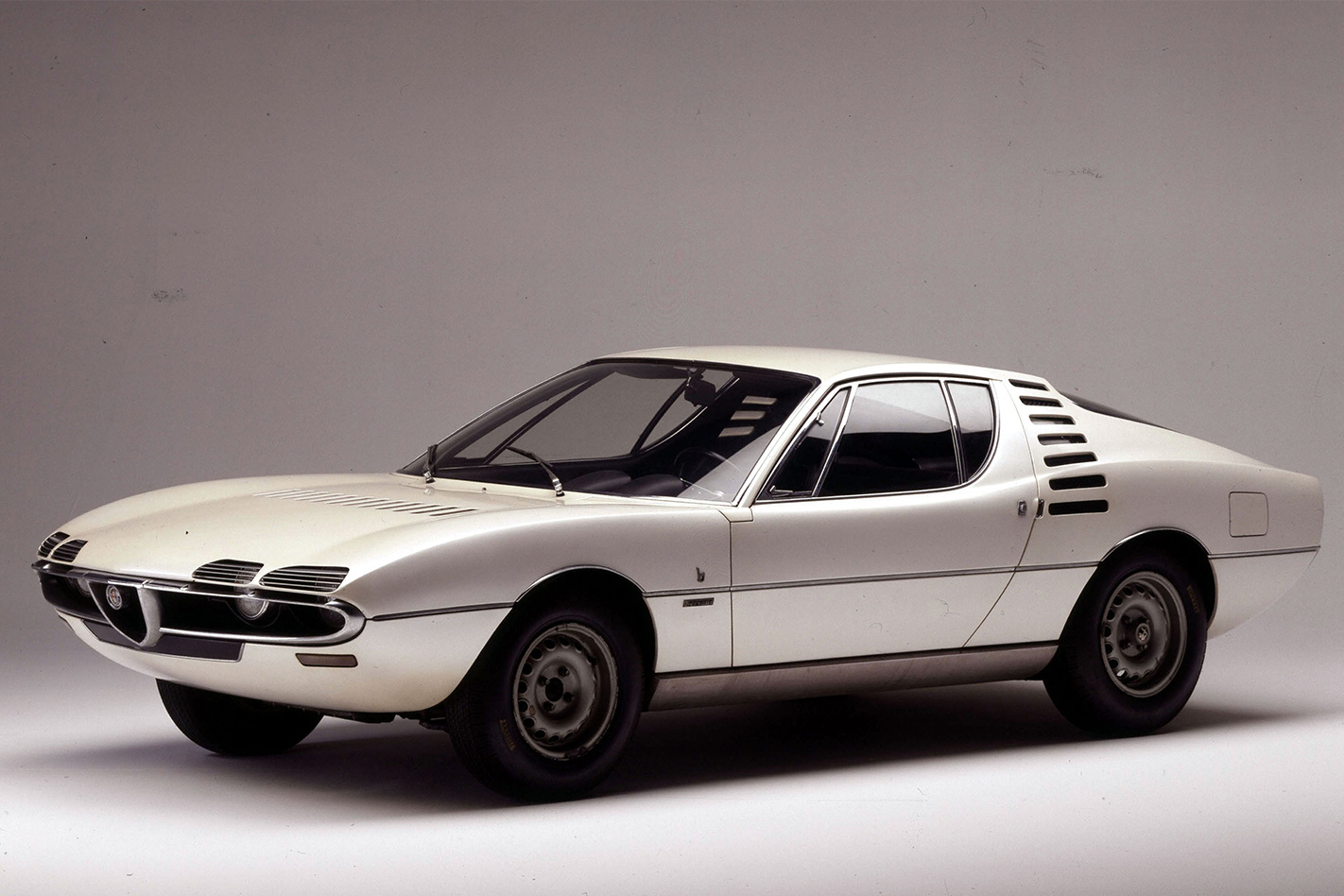
Nothing celebrates the ordinary like an Austin Allegro. Yet somehow five of them now call ’Straya home.
According to Wheels’ sister publication, Car magazine, the Austin Allegro represented everything that was wrong with its parent company, British Leyland. It fell well short of sales expectations, its reputation was lower than that of an actor pretending to be a politician, and if you thrived on misery, you drove one. Just as well British Leyland hadn’t bet the farm on its success. Oh …
Highlights of the front-wheel-drive Allegro include its rounded design that shucked off the edgy looks of the Austin 1100 and 1300 it was introduced to replace, a squared-off steering wheel that was later dumped (and which none of the Aussie imports feature), engines ranging from 1.0 litres all the way up to a 1.7, and a Vanden Plas luxury model. It was also rumoured to be more aerodynamically efficient in reverse than when travelling forwards.
In Australia, British Leyland’s demise would spawn the formation of Leyland Motor Corporation of Australia, and the Leyland P76. See? We’ve moved on already.
Estimated value to Wheels readers: Nil
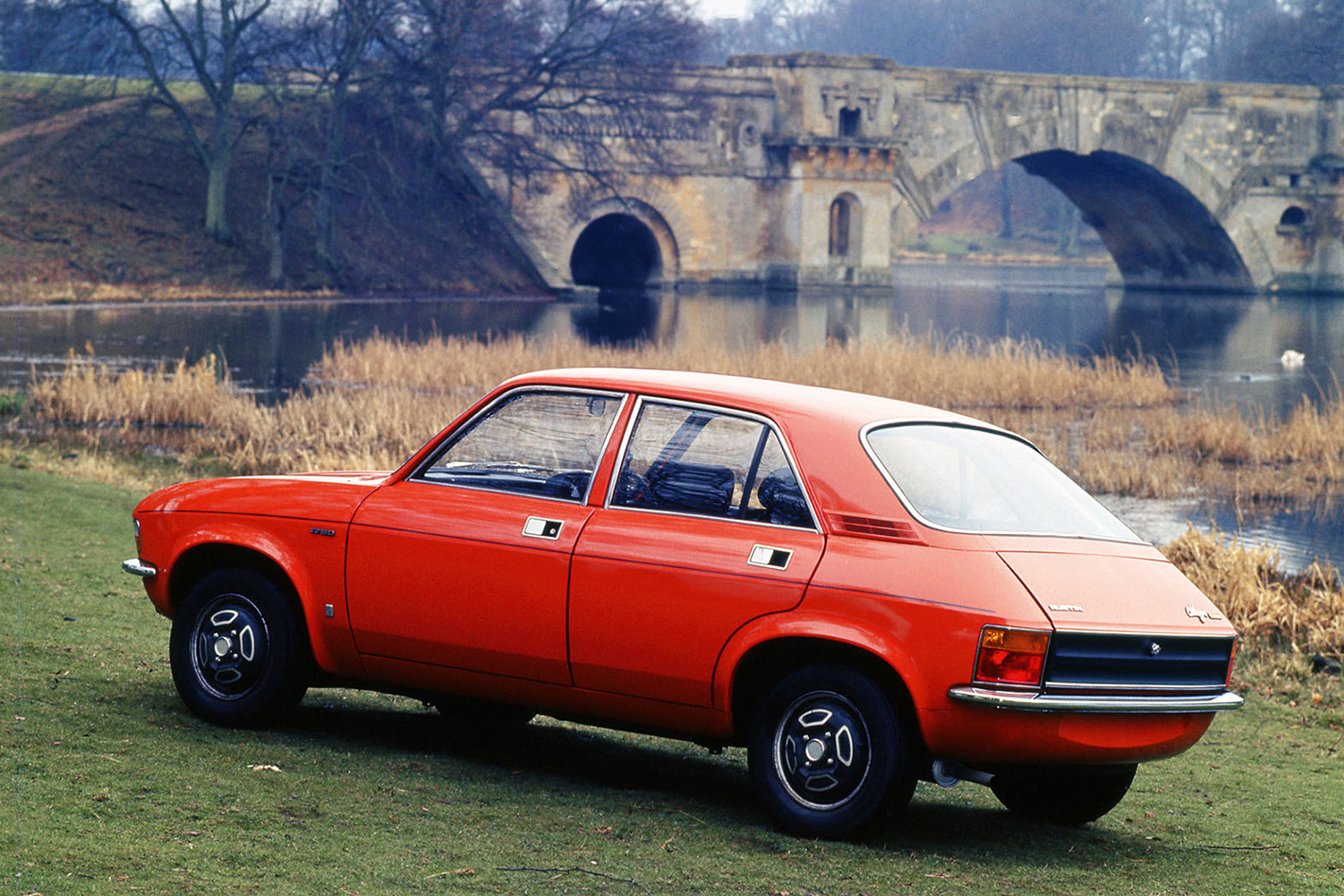
Stop snickering! Beaver was a US coach builder founded in the late 1960s that eventually went bankrupt four decades later. It made buses featuring rounded, European-style front ends rather than the squared-off looks of other coachmakers. It had an interesting sideline in kitting their products out as luxury mobile homes – something we reckon this 1986 import packs.
A distinctive feature of the Beaver brand is that the coaches were all painted brown.
Estimated value to Wheels readers: Nil
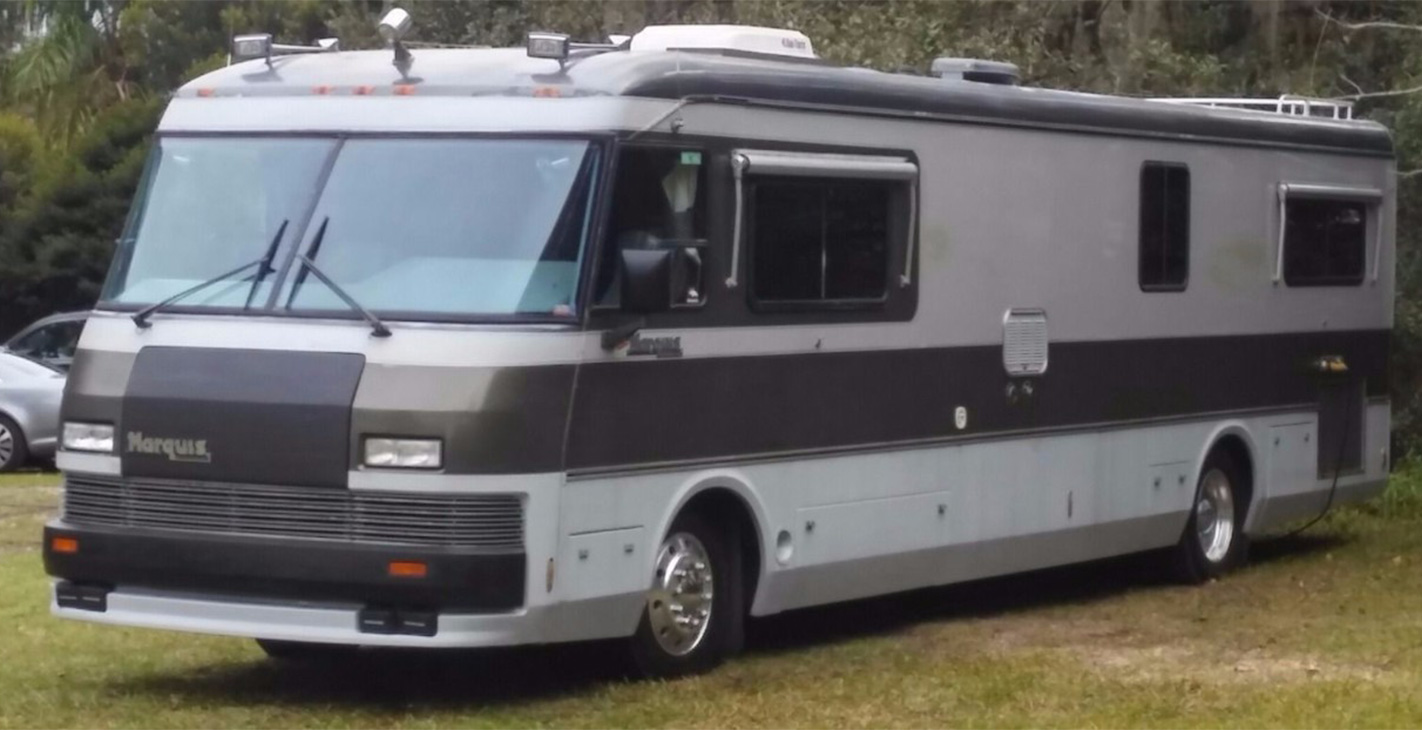
Ooh, here’s a good one. In the mid-1980s, BMW’s South African motorsport division was tired of waiting for an M-badged version of the E30 to arrive that could campaign the local saloon racing circuit. Its solution, with the help of BMW’s motorsport tuning house Alpina, was to take an ordinary 320i sedan and equip it with a 3.2-litre six-cylinder engine used in the 533i, 633CSi and 733i – the so-called “big motor” – to create the Triple Three.
It was a tight fit, with buyers having to choose between air-conditioning or power steering because there just wasn’t room in the engine bay for both to exist.
The engine made about 140kW and 285Nm, with a 0-100km/h sprint time of around 7.4 seconds. Just over 200 were built. One, a 1985 model year, is here in Australia, and featured in the .Issue 395 of sister title Unique Cars.
Estimated value to Wheels readers: $65,000
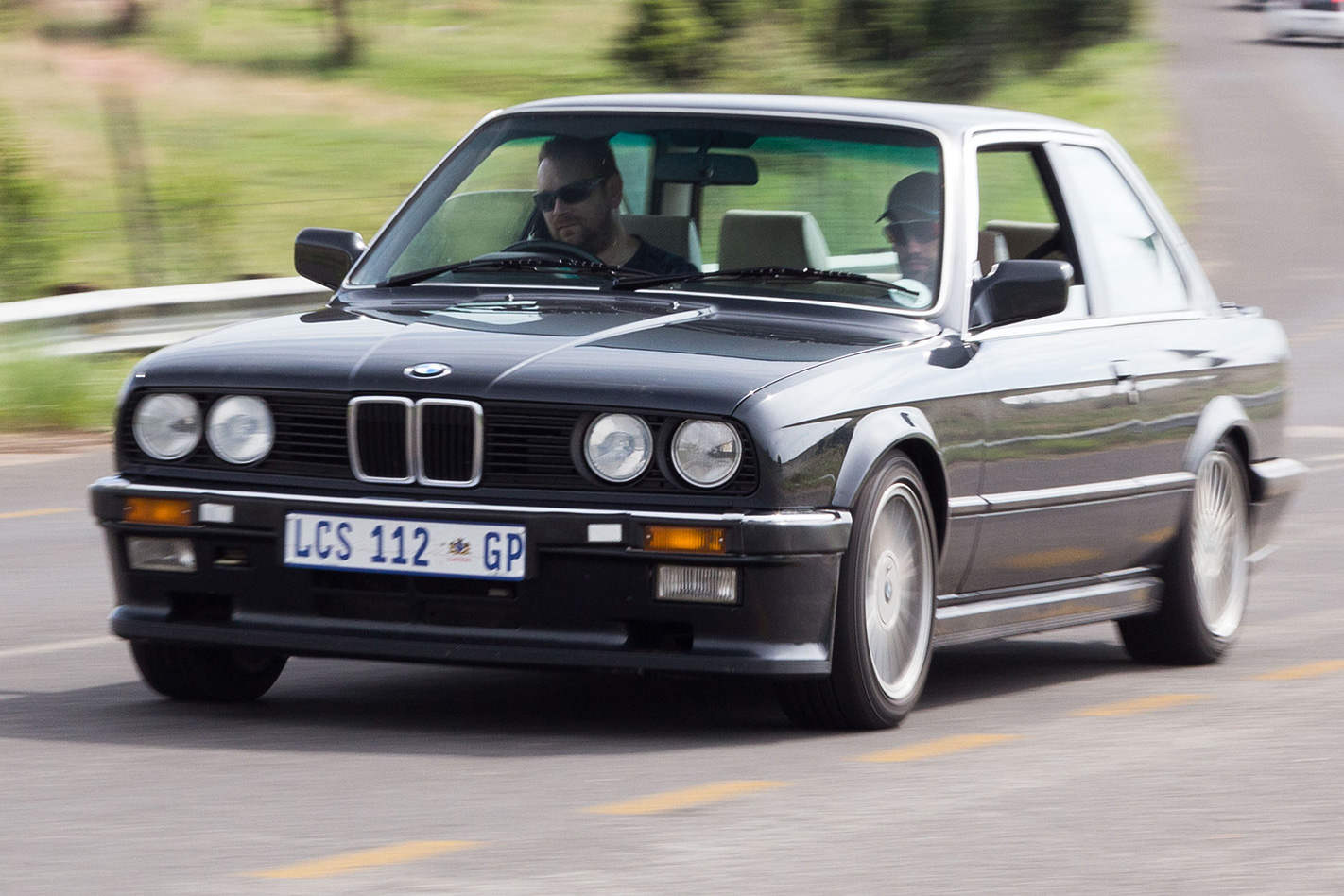
Grand Prix car maker Brabham used to raise funds on the side by building formula cars for discerning clients. The early 1980s-era BT40 developed for the Formula 2 development series, were among the last of them.
The Brabham name has strong links to Australia, where it remains the only Aussie manufacturer to win an F1 constructors’ title – with three-time drivers’ championship winner Jack Brabham behind the wheel. The cars were produced under the ownership of Motor Racing Developments – at one time it was the world’s largest maker of single-seat racecars worldwide.
Only 28 of the Geoff Ferris-designed, Cosworth BDA-engined fibreglass over tubular monocoque BT40s were built, making them pretty rare off the blocks.
Estimated value to Wheels readers: Priceless
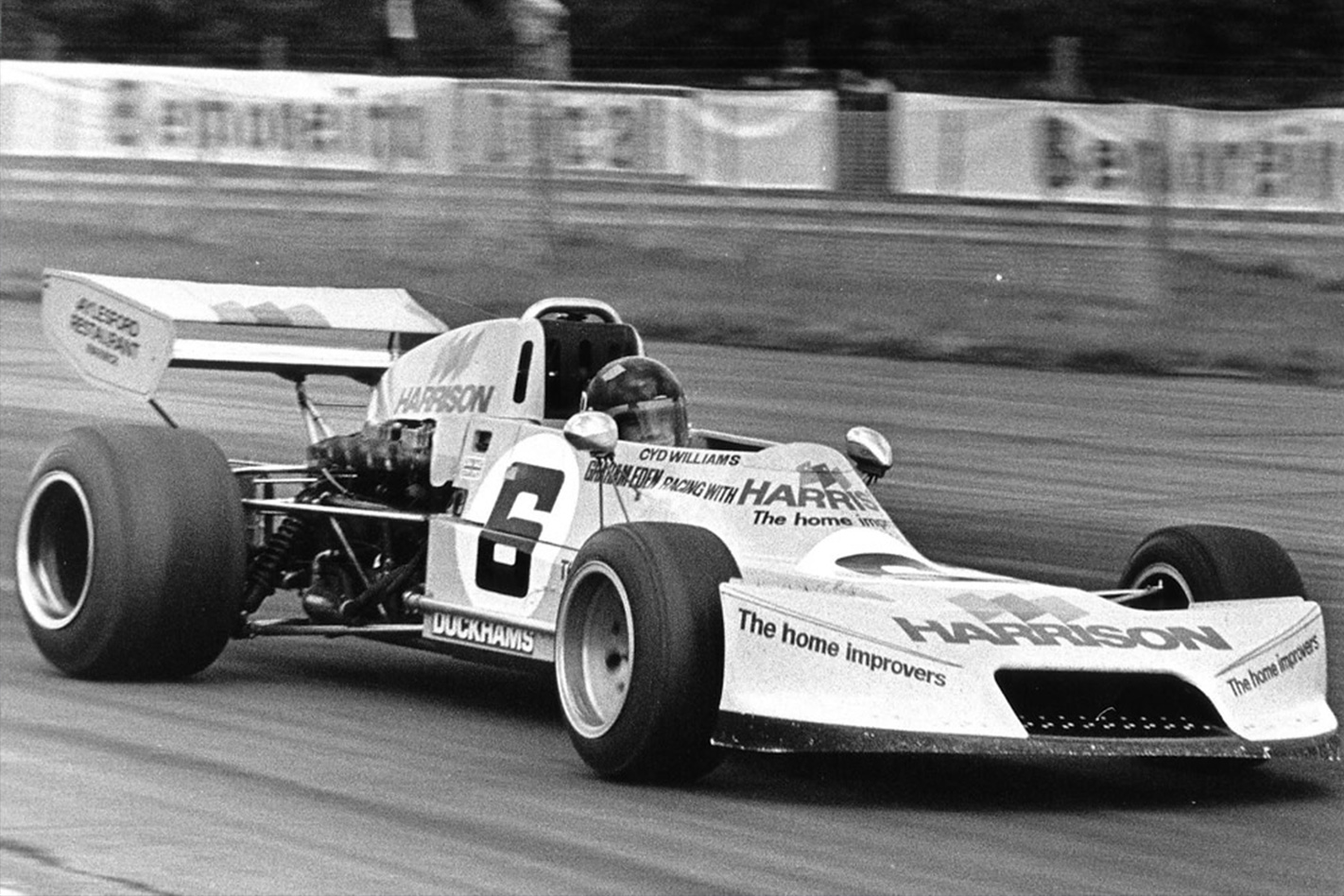
Oh God, no. Car makers often engage in a bit of badge engineering, but to do it in an act of desperation and with next to no budget?
Someone in Australia has a 1985 Cimarron by Cadillac in all its lightly disguised Chevrolet Cavalier glory. The car was a response to the threat imposed on Cadillac by German luxury brands making inroads to the US market, particularly those looking for downsized models. In desperation, Caddy’s marketing team decided the lacklustre 2.0-litre engined Cavalier was an ideal candidate to fill the gap, gave it the lightest of tweaks inside while kitting it out with every conceivable option, and doubled the price by an astonishing $US6000. The modern-day equivalent would be to whack a HSV badge on a trade ute …
We also note that some canny Aussie importers have turned their attention to 11 Cadillac hearses and a single dual purpose hearse/ambulance. What’s that joke about what you call an ambulance with the lights off?
Estimated value to Wheels readers: Nil
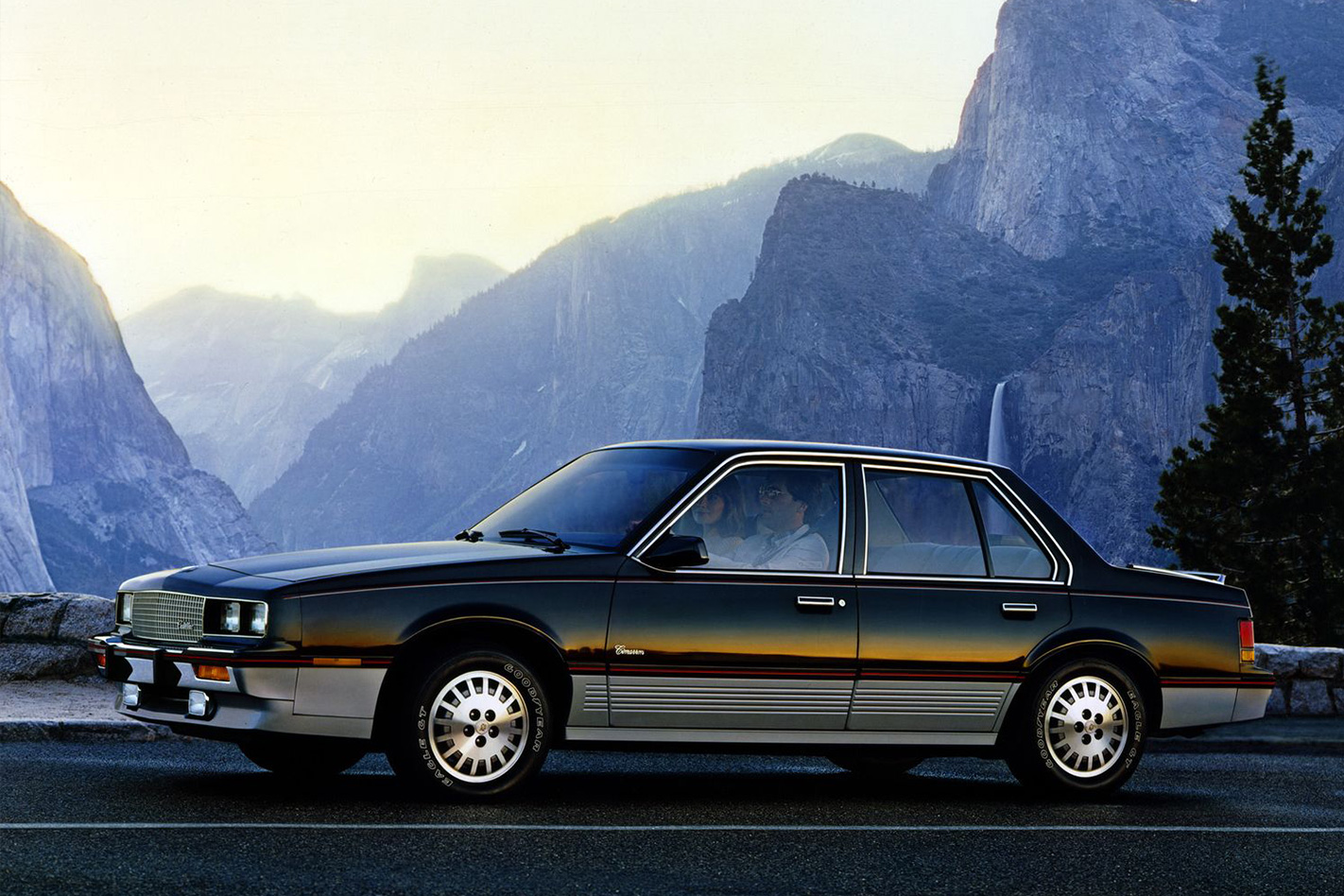
I’ve seen one of these. The long, shark-like form glided off the road into a shopping centre car park where it nosed into an empty space and settled on its haunches like a big cat hunkering down to await the passage of passing prey.
The 1970s-era, teardrop-shaped SM is one of the quirkiest combinations in the automotive world. On the outside, it’s a sharp-looking coupe. Under its skin, the Citroen SM is a front-mid mounted Maserati-sourced front-drive V6 sports coupe, that rides on hydraulic self-levelling suspension. The headlights swing in unison with the front wheels, it introduced power steering, and the front disc brakes are mounted inboard.
The SM was sold in Australia, although they needed to be converted to right-hand drive. They were available with either a five-speed manual that uses a chrome gate, or a three-speed automatic.
Estimated value to Wheels readers: $80,000
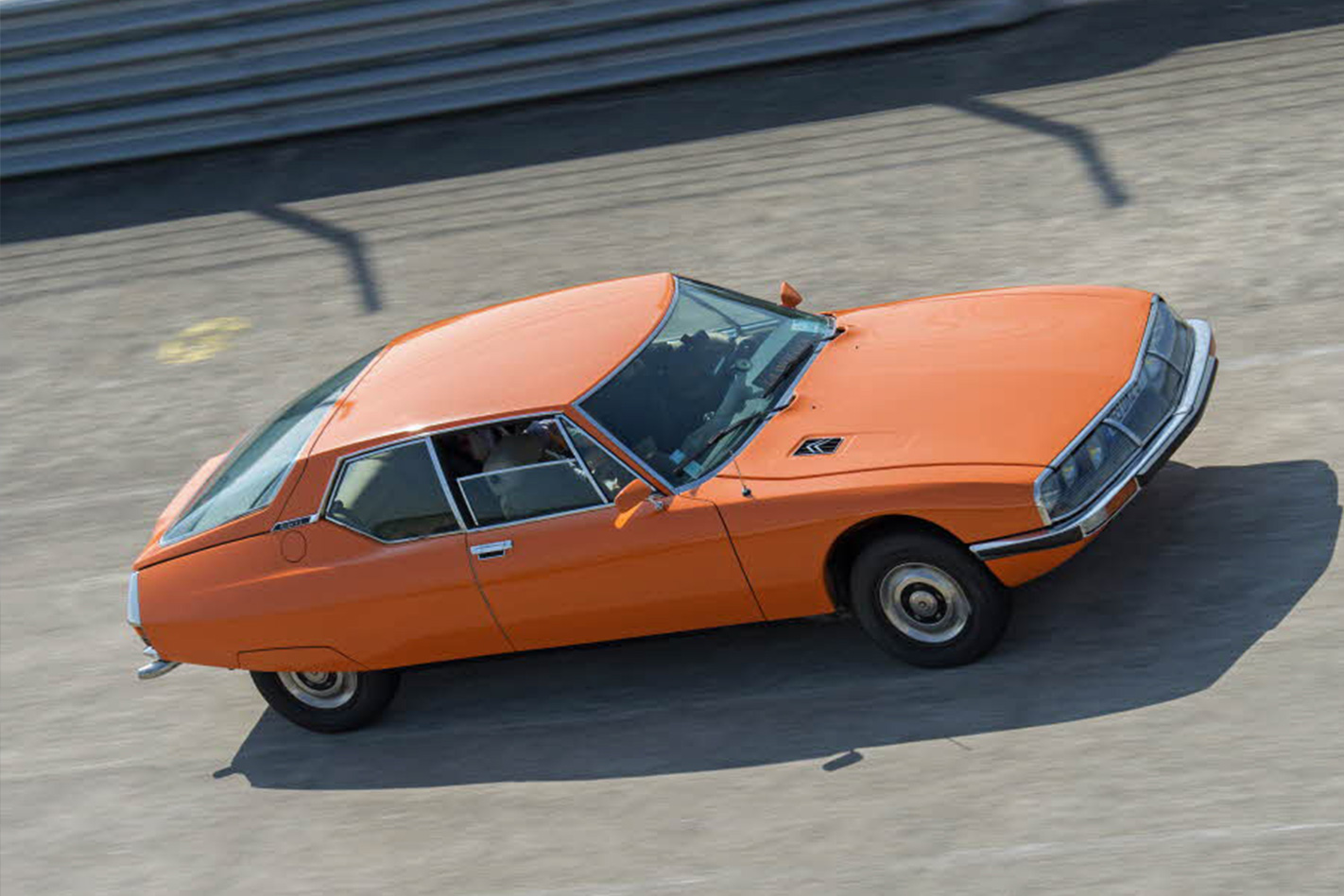
Imagine if a Daihatsu Mira hatchback was involved in a terrible crash. With a shipping container. In reverse. At so great a speed that it disappeared up to the trailing edge of the bonnet. That about sums up the cartoonish Walkthrough. You can just assume the entire hatchback was lopped off and replaced with a box big enough for a homunculus to stand tall in. Add a bifold door up front, a hatchback at the rear and more front glass than Myer, and you have an idea of what we’re looking at.
The JDM special stood two metres tall – the maximum allowable for the class of vehicle it was based on.
Estimated value to Wheels readers: One for the hardcore JDM cultists only
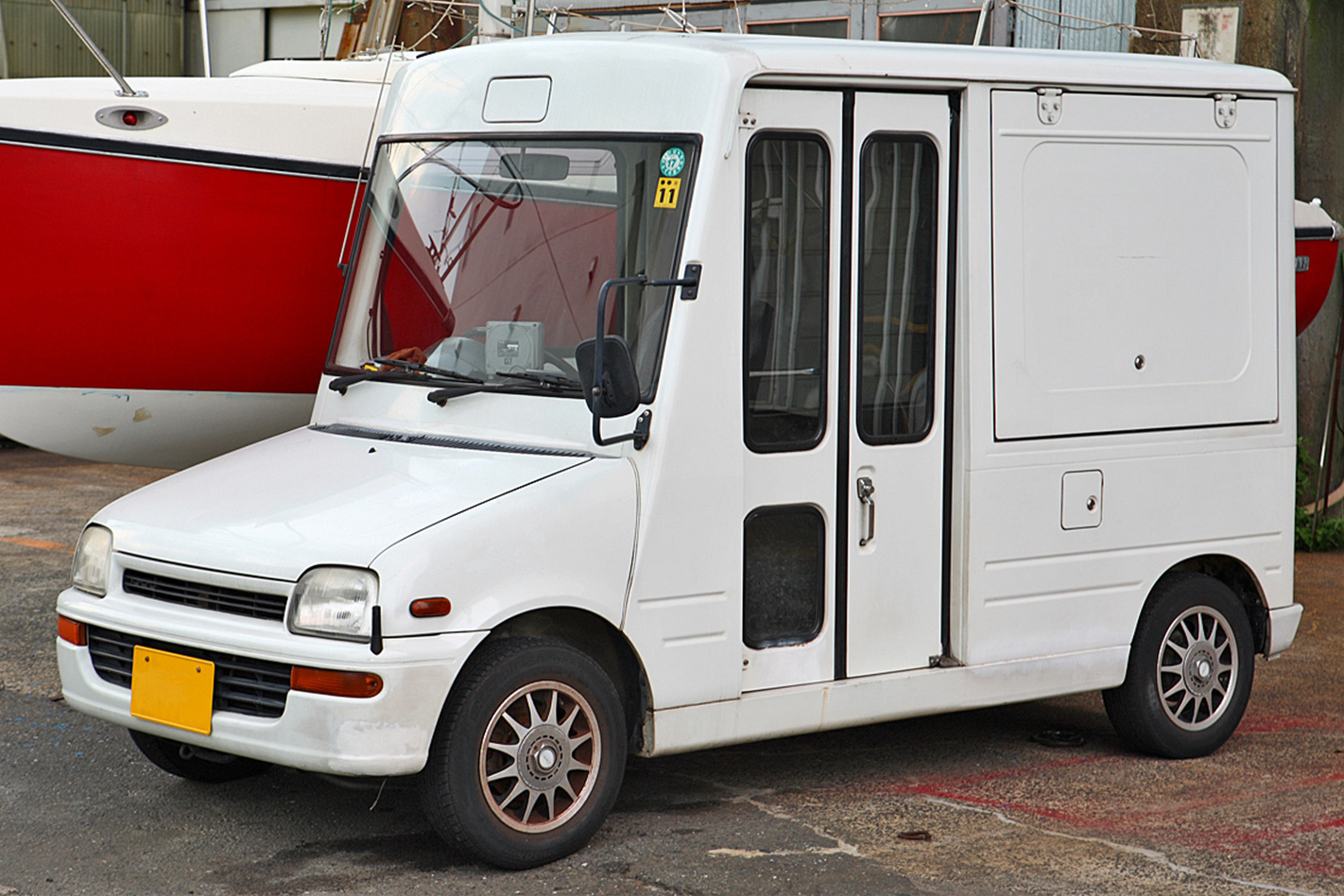
‘Designed with a computer, silenced by a laser, built by a robot’ crowed the advertising catchline for the Fiat Strada. Unfortunately, all that flash hardware was programmed and calibrated with pure 1970s Italian ineptitude, because the Strada was a bit of a catastrophe. It’s a shame, because the hot 130TC version could easily show its hot hatch contemporaries like the Golf GTi a clean pair of wonkily-mounted tail lights. Most succumbed to metal moth within a few years but we take our hat off to somebody who saw the long-term potential in shipping one to Australia.
Estimated value to Wheels readers: File this one under speciality interest
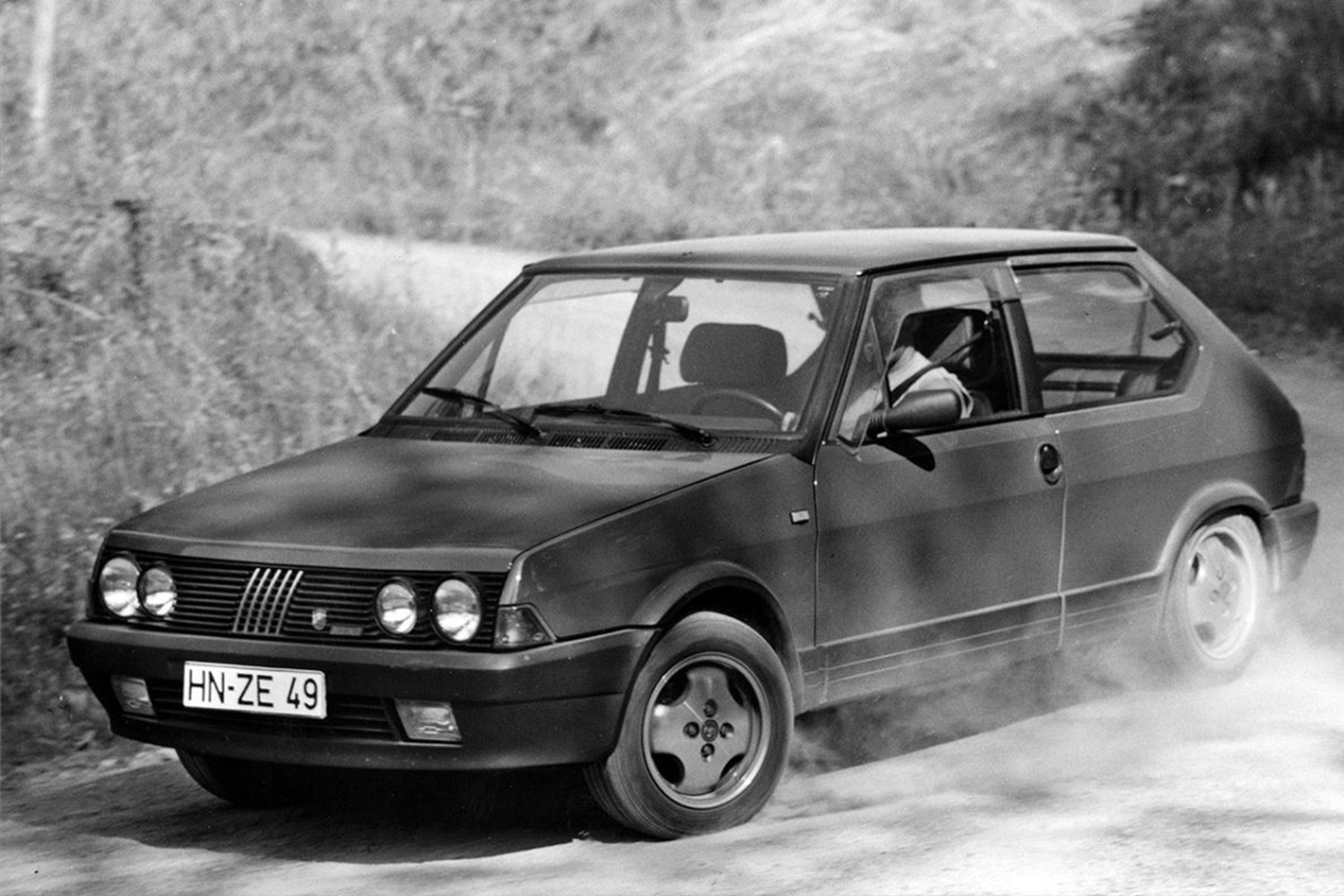
Two words: Homologation special. Intended as an entry into the World Rally Championships, it featured a distinctive whale tail down the back, and a Cosworth-fettled 169kW 2.0-litre engine fitted with an over-spec Garrett turbo to make it a performance tuner’s wet dream. The spoiler was one of ex-McLaren design boss Frank Stephenson’s first jobs. He originally wanted a three-plane rear wing like a WW1 Fokker triplane, but accountants decided that two decks would be cheaper to productionise. Stephenson has never forgiven them for that.
More than 7000 Escort Cossies were built at Karmann’s German production line, with a single 1985-build car imported here. Oh, and it never won the World Rally Championship.
Estimated value to Wheels readers: $40,000
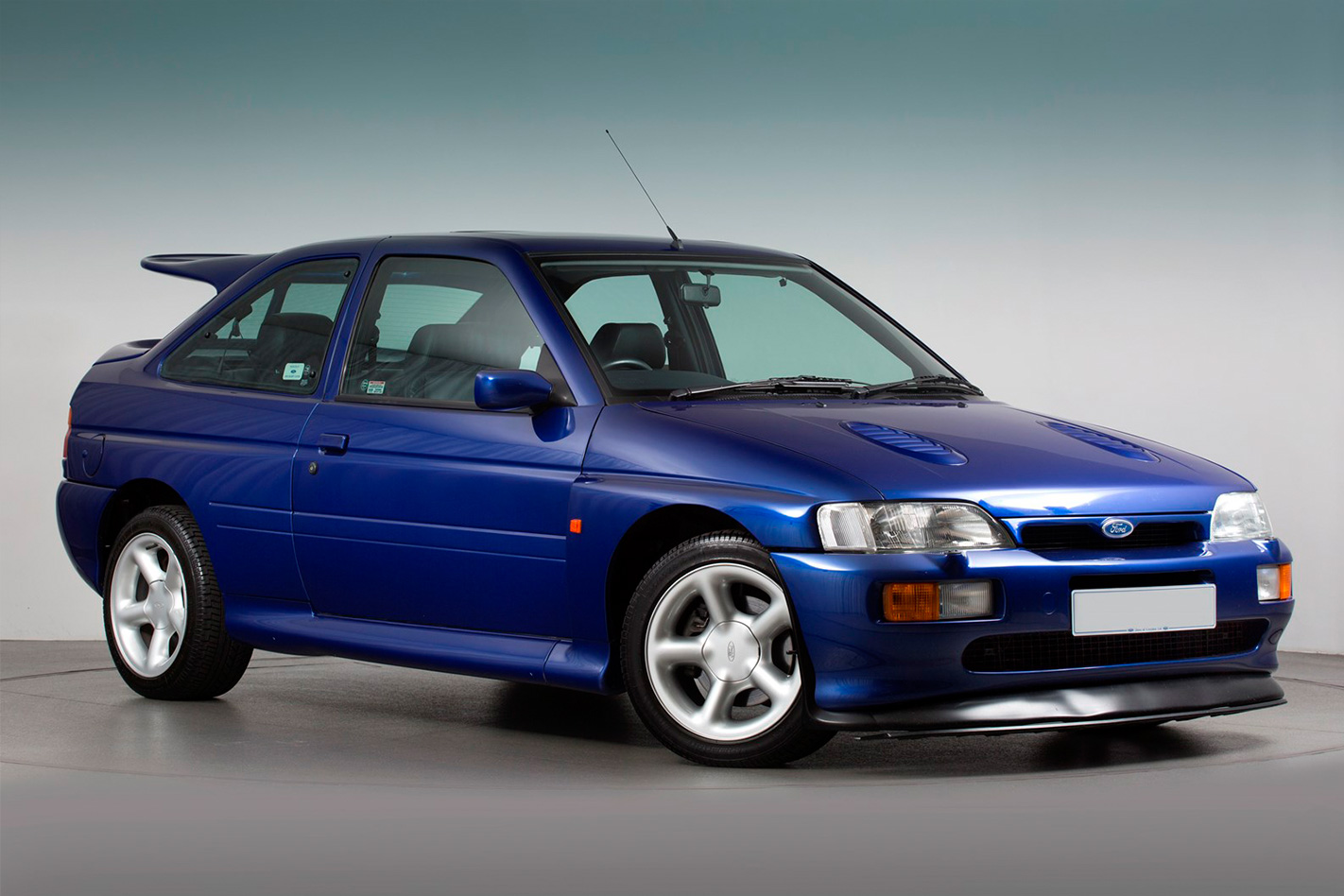
We’re not sure what we have here, but it’s either a Light Dump, or the Titan Dump. It’s a rebadged Mazda light tipper. We’re giving it the atomic dump.
Estimated value to Wheels readers: Oh look, a cat
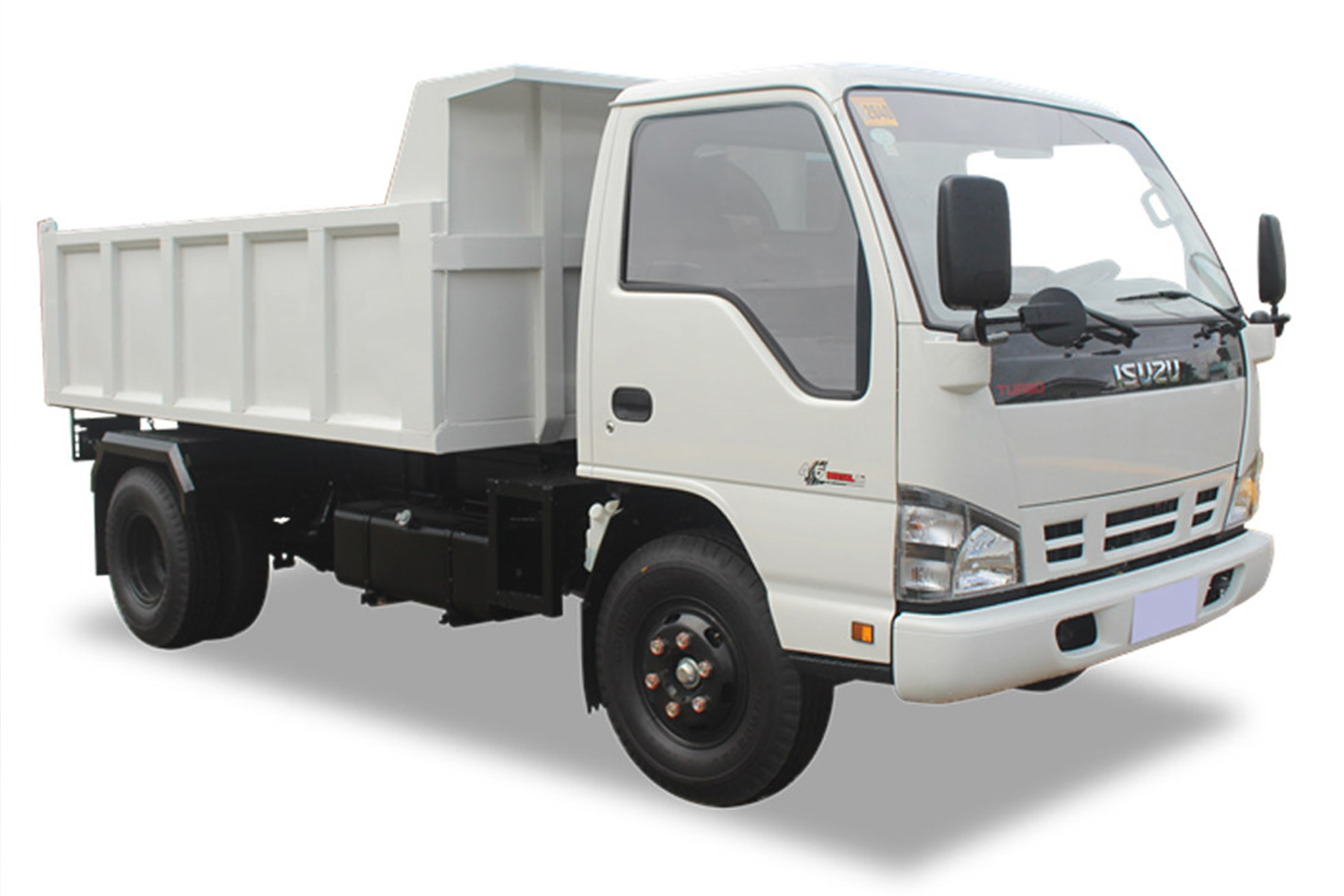
This British-built late 1970s-era grand tourer brought a couple of firsts to the automotive world: the first application of all-wheel-drive in a vehicle that wasn’t meant to stray off the bitumen, and the first vehicle to feature a mechanical anti-lock brake system.
The FF represented halcyon days for Jensen; basically a rebodied CV8, the FF was a luxury Interceptor-style tourer similar in some respects to the Volvo P1800 coupe.
Estimated value to Wheels readers: $70,000
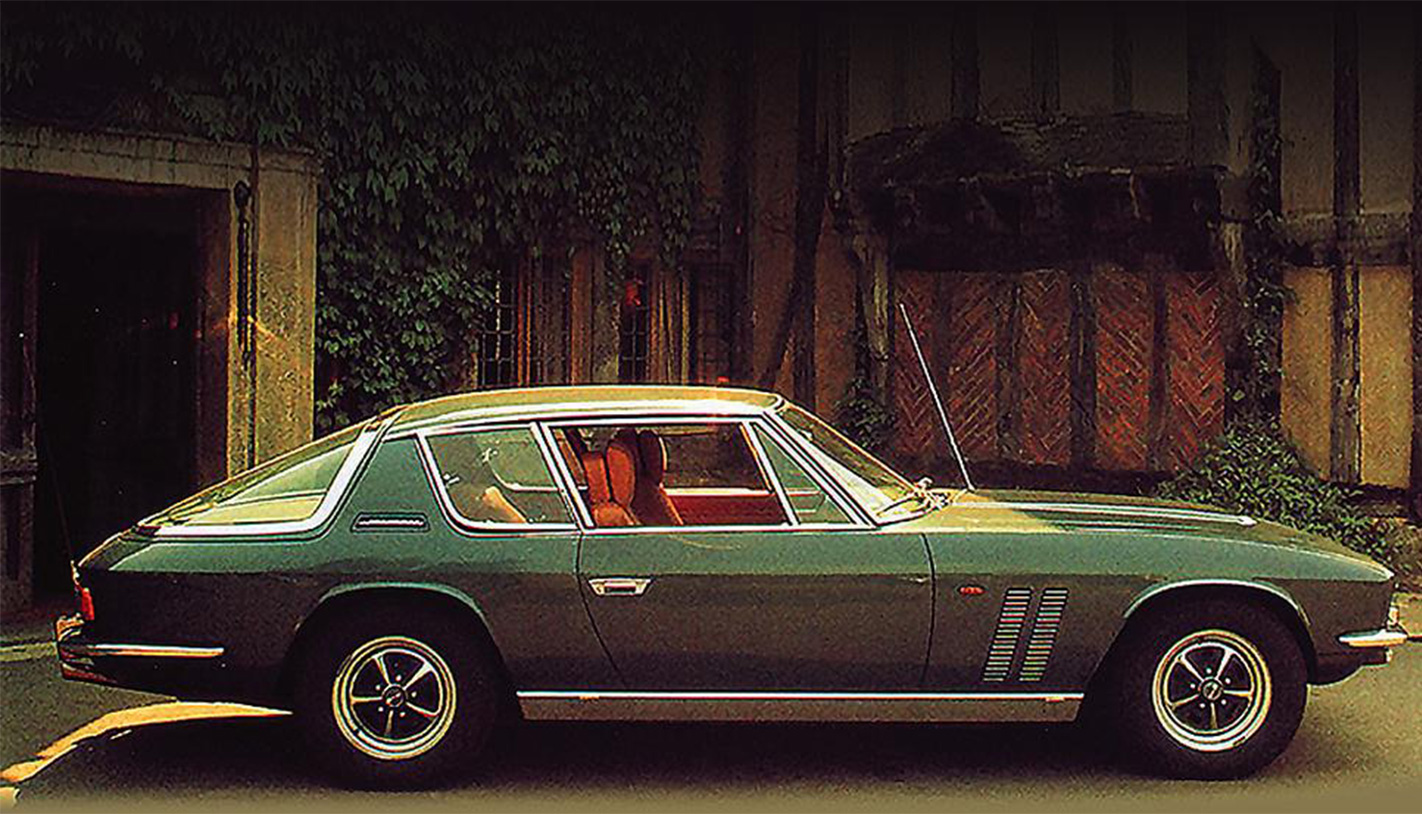
Before Group B in World Rally Championship was Group 4, the playground of the Lancia Stratos. Powered by a Ferrari Dino V6, it would go on to win three championships and even compete in the 24 Hours of Le Mans.
Estimated value to Wheels readers: $850,000
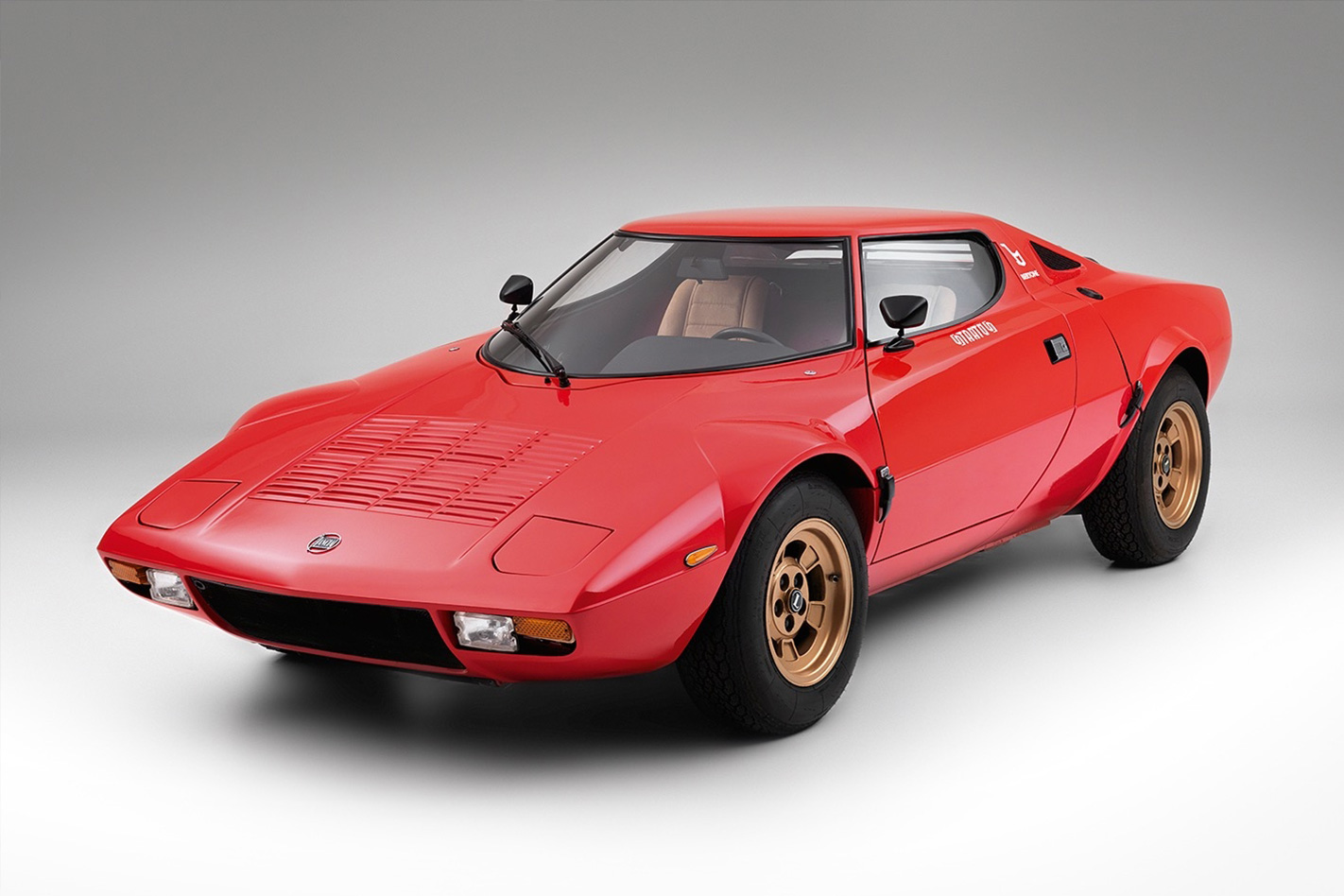
Built around an intricate tubular steel chassis, the Tipo 61 ushered in a new era of building race cars that vastly advanced on the traditional body on frame designs. The chassis, made up for more than 200 parts welded together to form the intricate frame, weighed just 36kg.
Estimated value to Wheels readers: $7 million
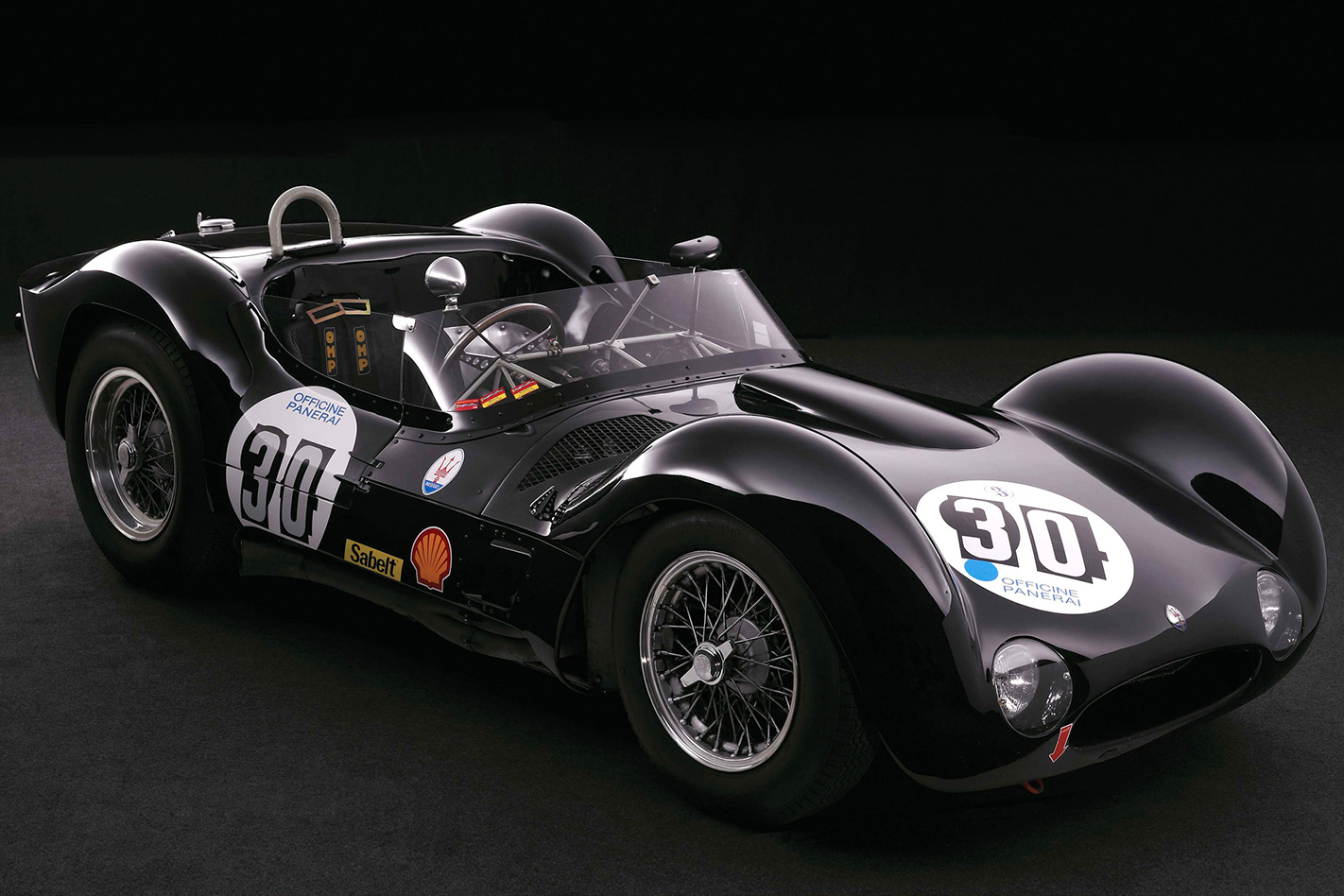
Someone at Mazda thought it was a good idea to source a Holden HJ/HX Premier and fit it with a twin-rotor 1.3-litre Wankel rotary engine before whacking it on sale in Japan for more yen than almost every other equivalent passenger car. The one brought in here is a 1976 model, with delays to shipping and re-engineering for the high-revving rotary making it a pretty sure bet this this one is a HJ.
Only about 800 of them ended up attracting buyers.
Estimated value to Wheels readers: Priceless
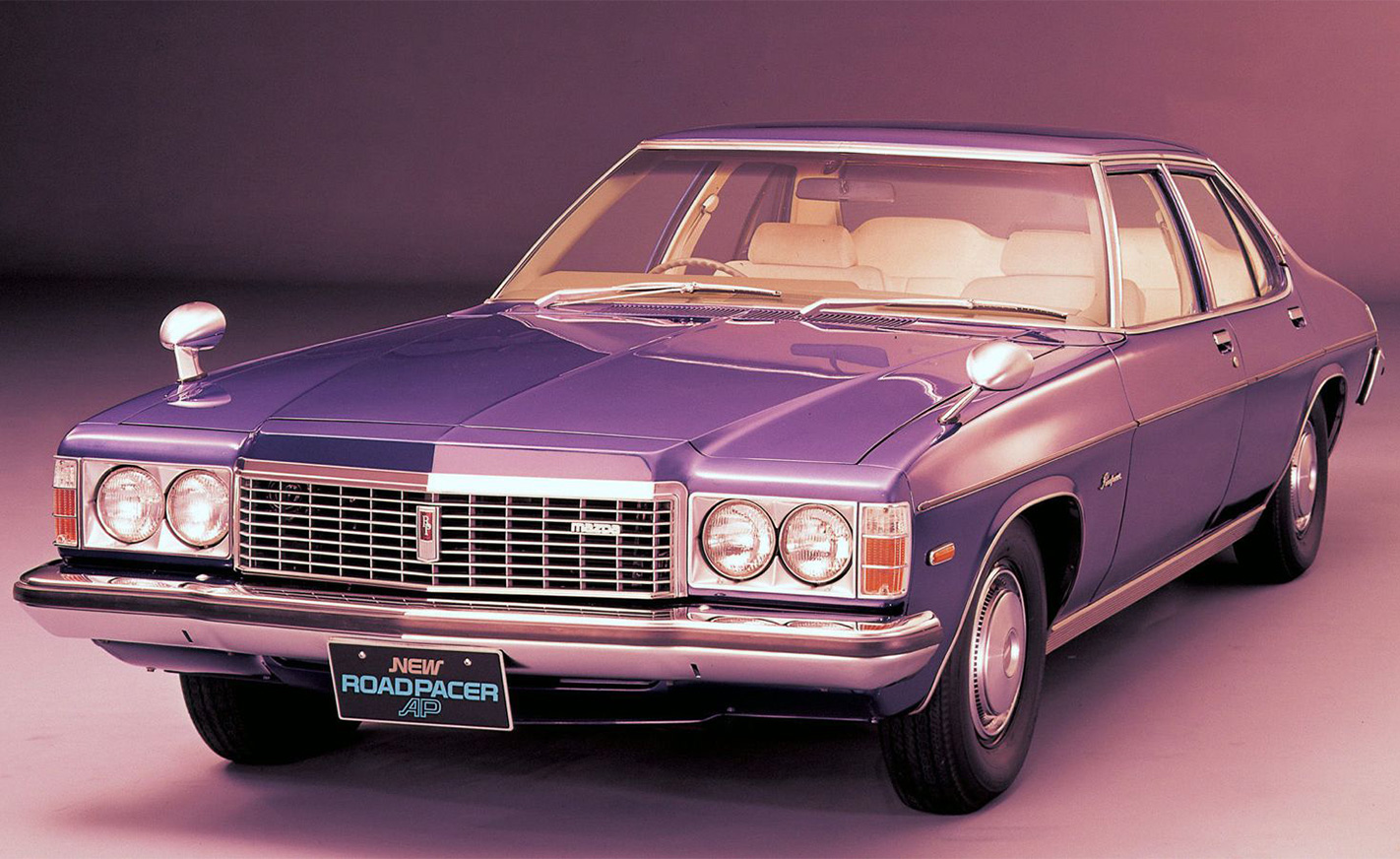
Merc’s spaceframe racer has become quite the collectors’ item. The document lists two 1950s-era “Gullwing” models, although there are several more anonymous “300SL” variants noted.
The early Merc held the distinction of being the fastest production car of its time, almost 260km/h.
Estimated value to Wheels readers: $2 million
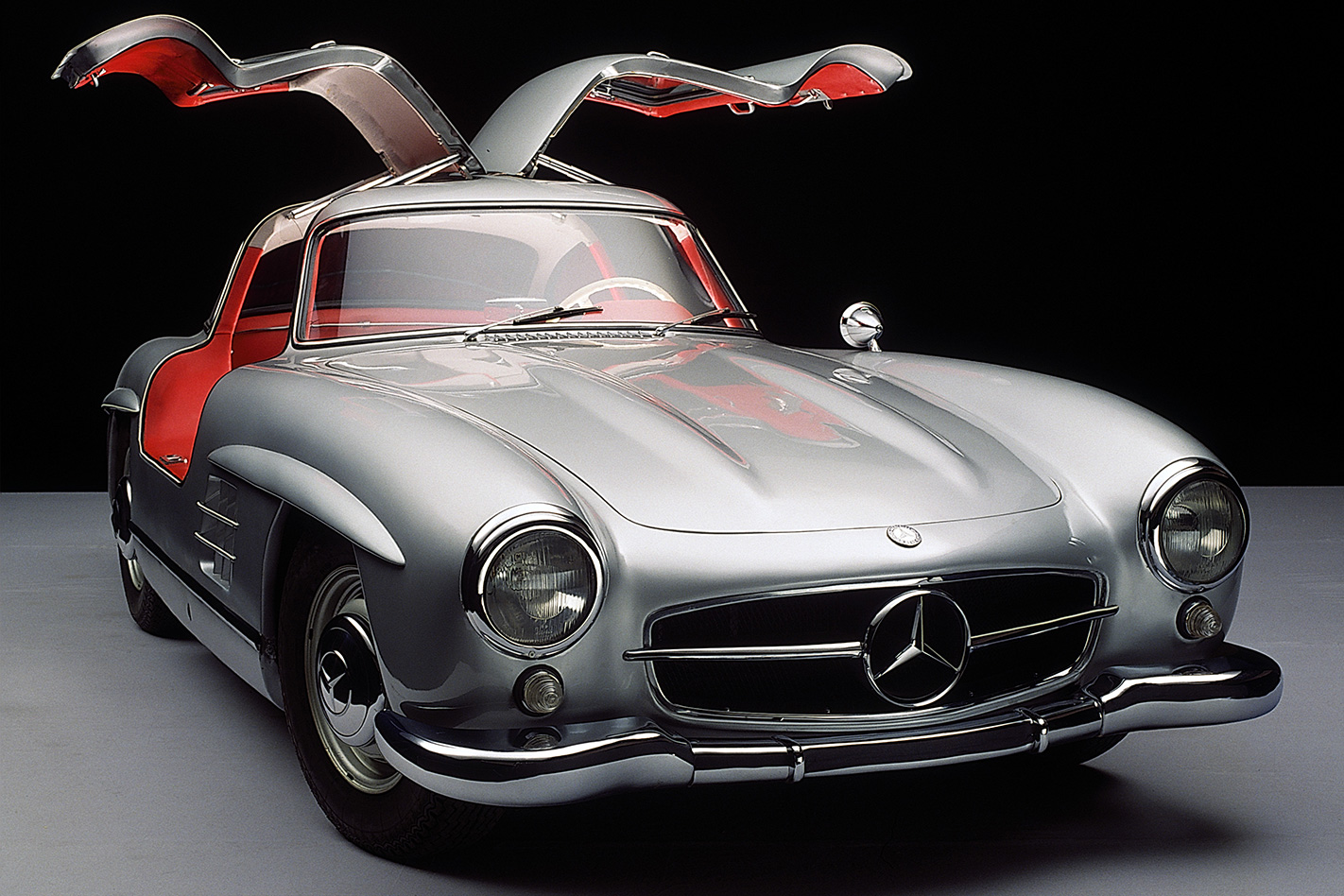
The same company that gave us the Starion Turbo could also have given us the full diffusion line of Cordia and Tredia. The sedan Tredia was sold in New Zealand in the early 1980s but not here, and it’s distinctive for its “Super Shift” gearbox that included a low-range transfer box that effectively made the default four-speed unit an eight-speeder. Now there’s one here. That’s enough.
Estimated value to Wheels readers: $500 with a roadworthy
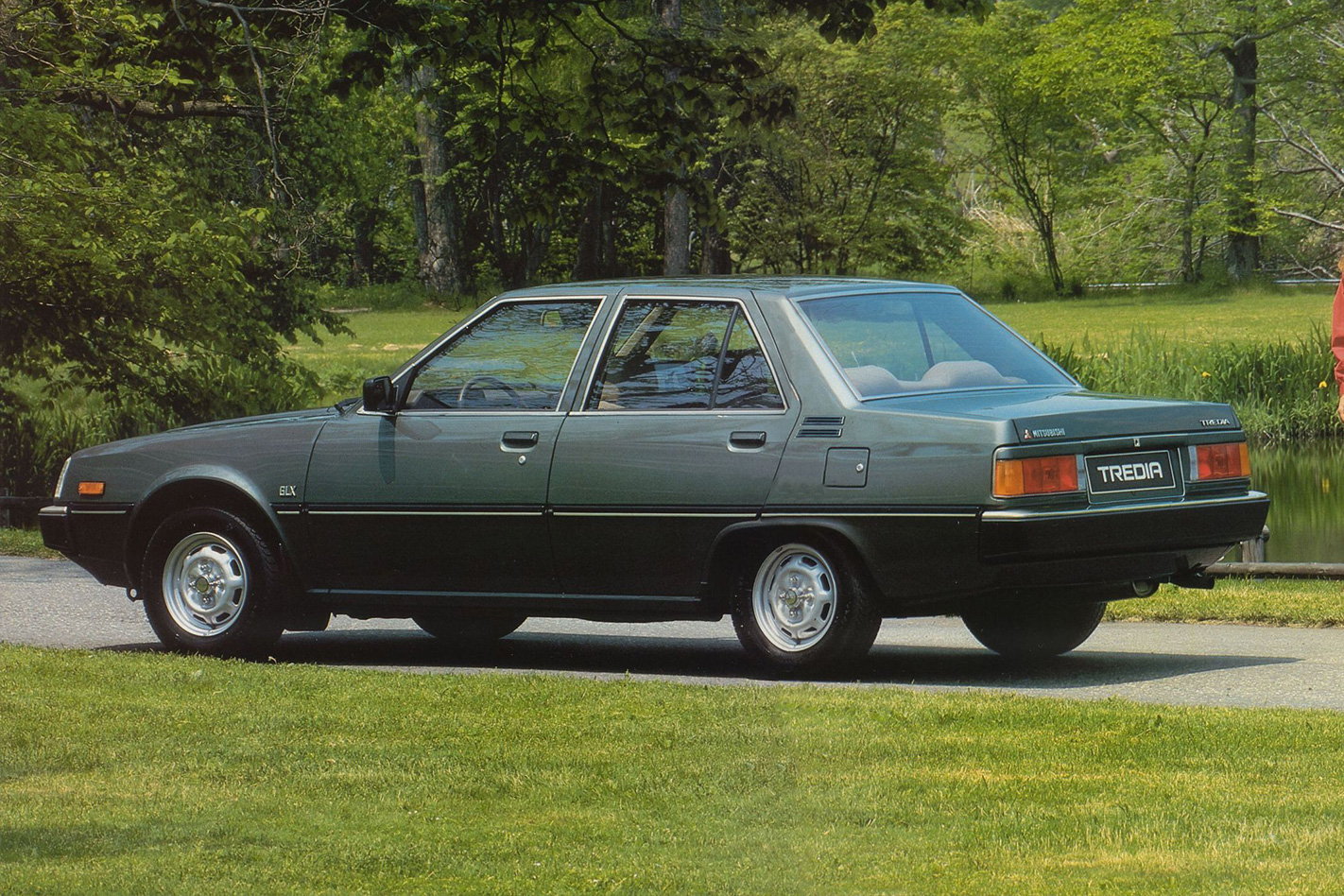
Retro cuteness meets pastel colour schemes for Nissan’s JDM-only 1990s experiment with nostalgia. The Pao featured a slanted cheesegrater grille, Mini-like exposed hinges and a split tailgate that allowed the glass to open upwards, and the metal to swing down.
Only 51,000 were made, and now three of these Micras in period costume reside in Australia.
Estimated value to Wheels readers: $5000
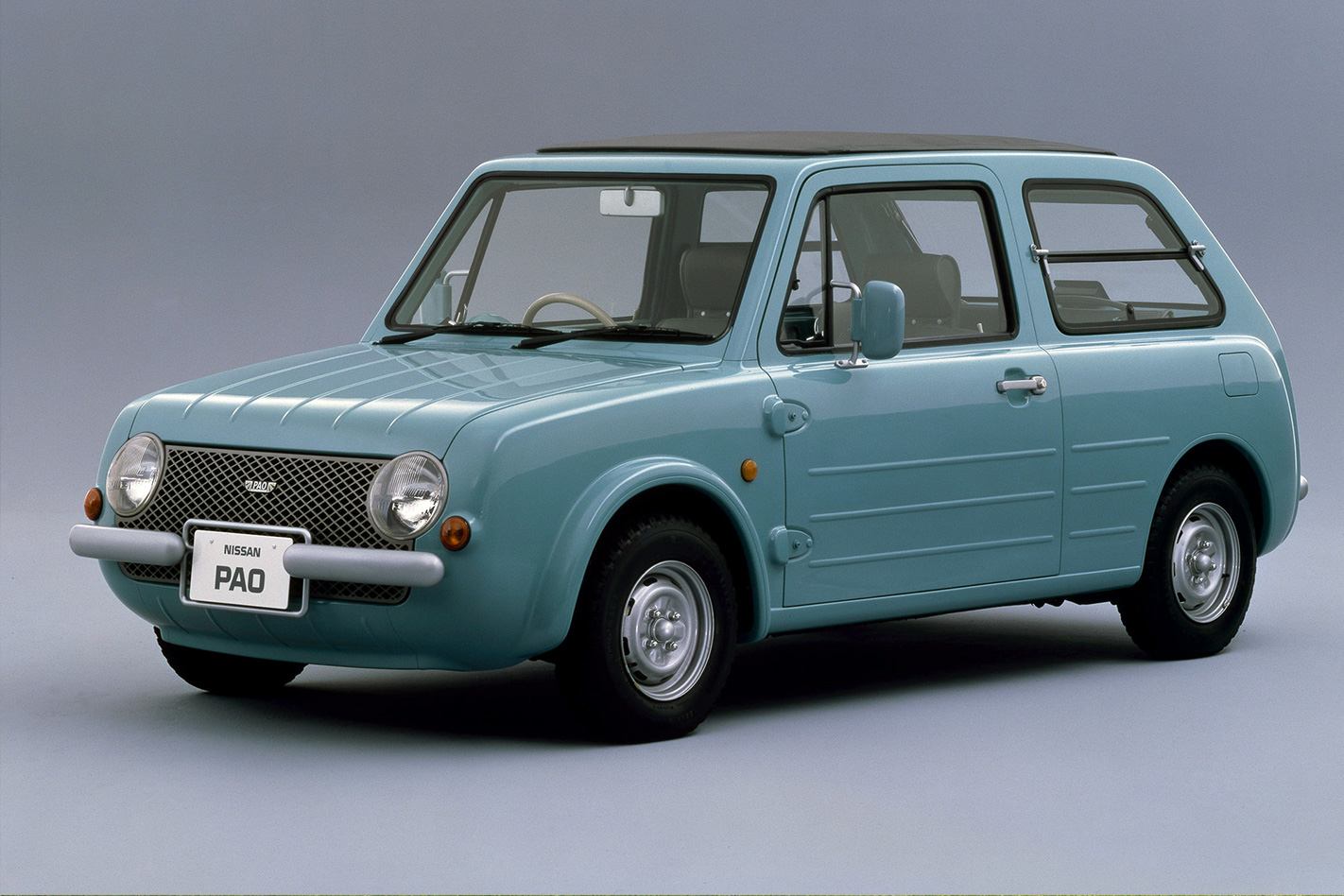
This was once recognised as the smallest production car in the world, and famously replicated in modern-day form by former Top Gear host Jeremy Clarkson. Basically a 1960s-era fibreglass bucket inverted over a three-wheeled go-kart, it’s about as close to the modern-day car as the tapeworm is to humans.
Estimated value to Wheels readers: Slab of warm beer
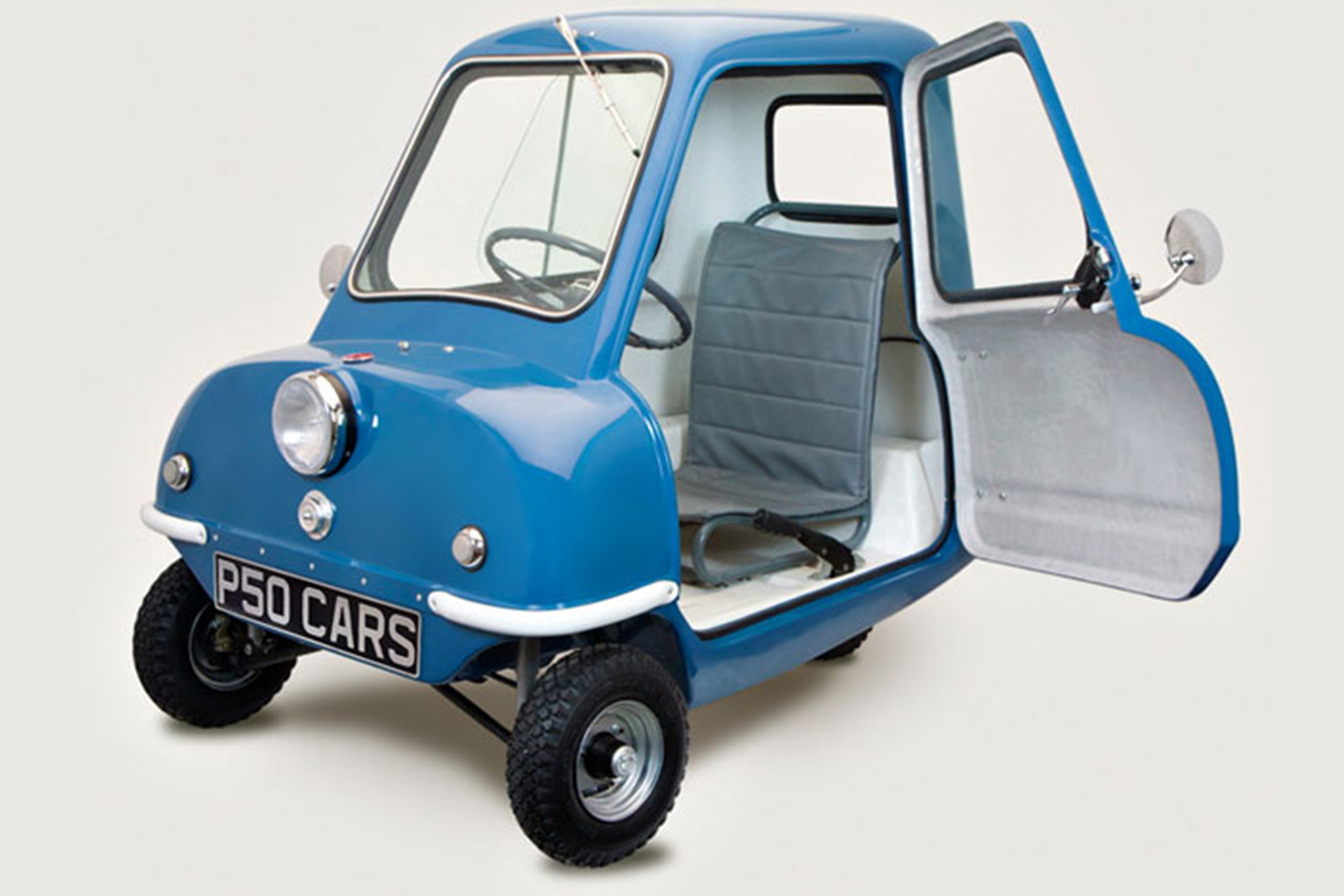
The 504 sedan was made in Australia, but its more svelte two-door form wasn’t. More stunning to look at, faster in a straight line, it complemented the sedan’s success as the World Car of the Year. We love ‘em.
Estimated value to Wheels readers: $30,000
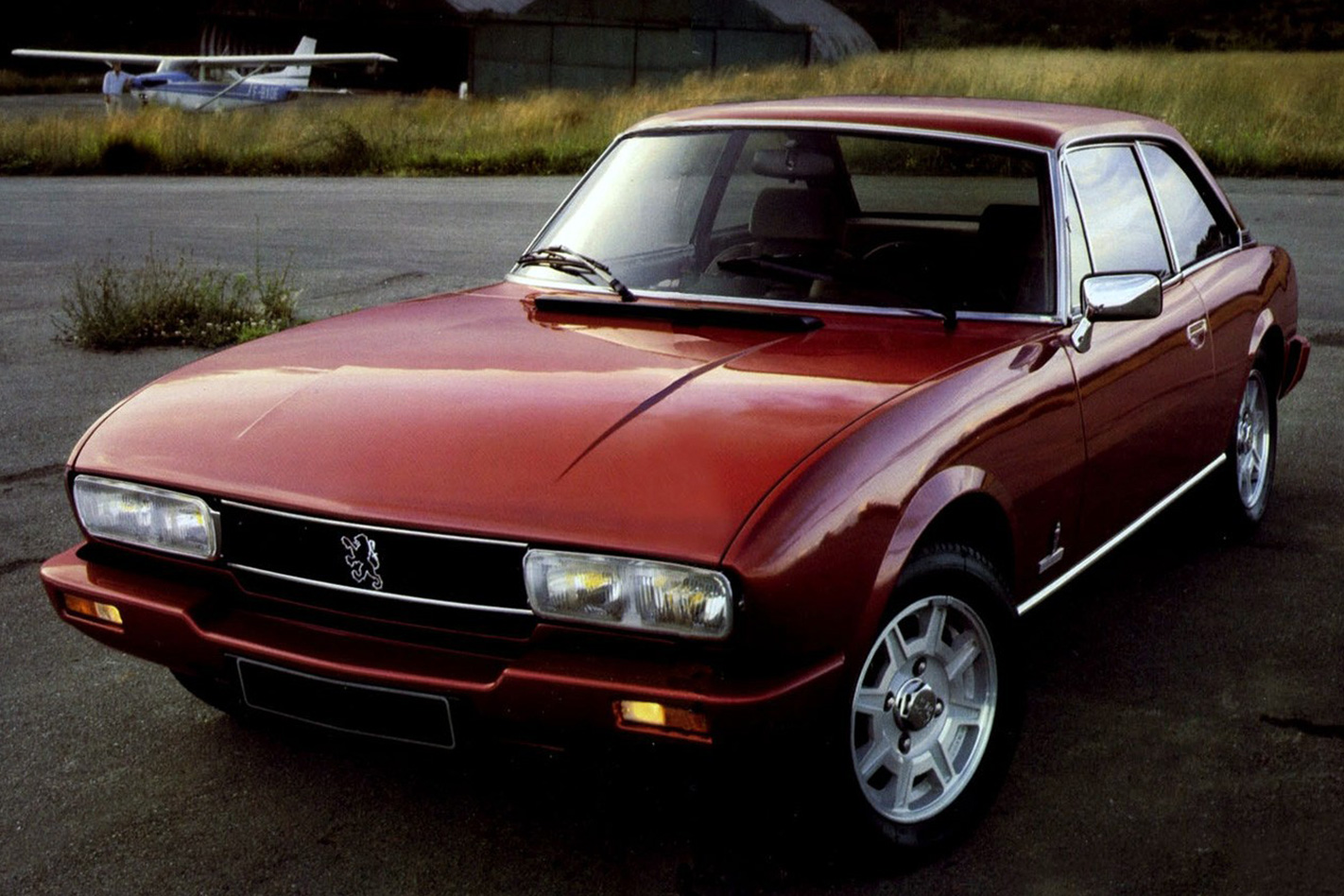
This is another notable to have held the speed record for a production car. Packing two turbochargers strapped to a Moby Dick-derived 331kW 2.8-litre flat six, it could hit 314km/h after dispatching the 0-100km/h sprint in about 3.7 seconds. The 959 was developed as a homologation special for Porsche’s Group B rallying ambitions, and featured “zero lift” aerodynamics that were necessary to keeping it stuck to the road. It even campaigned in the Paris Dakar and remains a technological landmark.
Estimated value to Wheels readers: $1.5 million
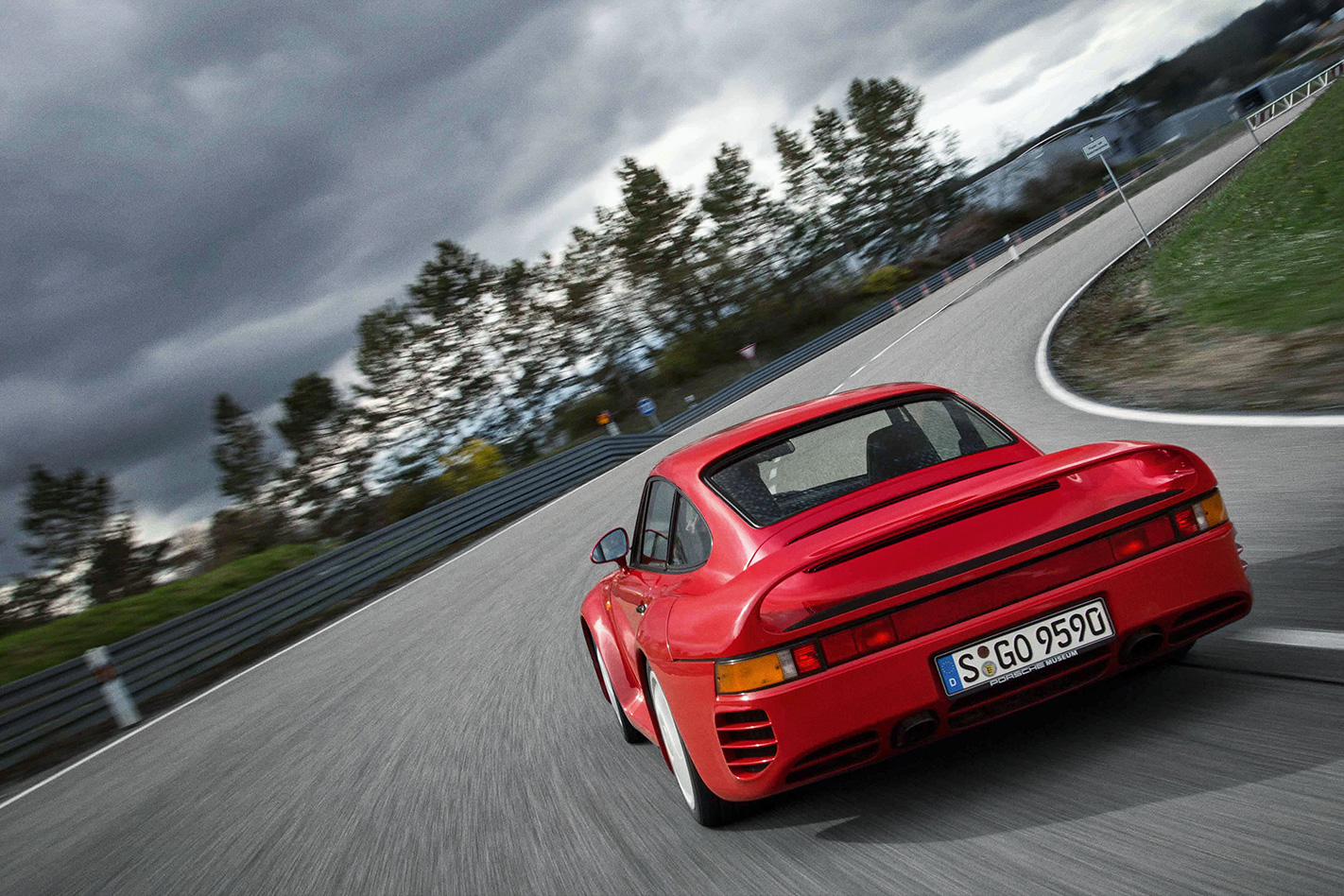
Reliant’s update for the ugly, three-wheeled Robin was the the ugly, three-wheeled Rialto. Sure, the bodywork squared up, you could fix the thing without having to remove the fibreglass shell, and the casing was thicker, but underneath it was the same old Reliant. Talk about lipstick on a pig. If you were worried about it falling over, you could always opt for a four-wheeled Kitten.
Estimated value to Wheels readers: Nil
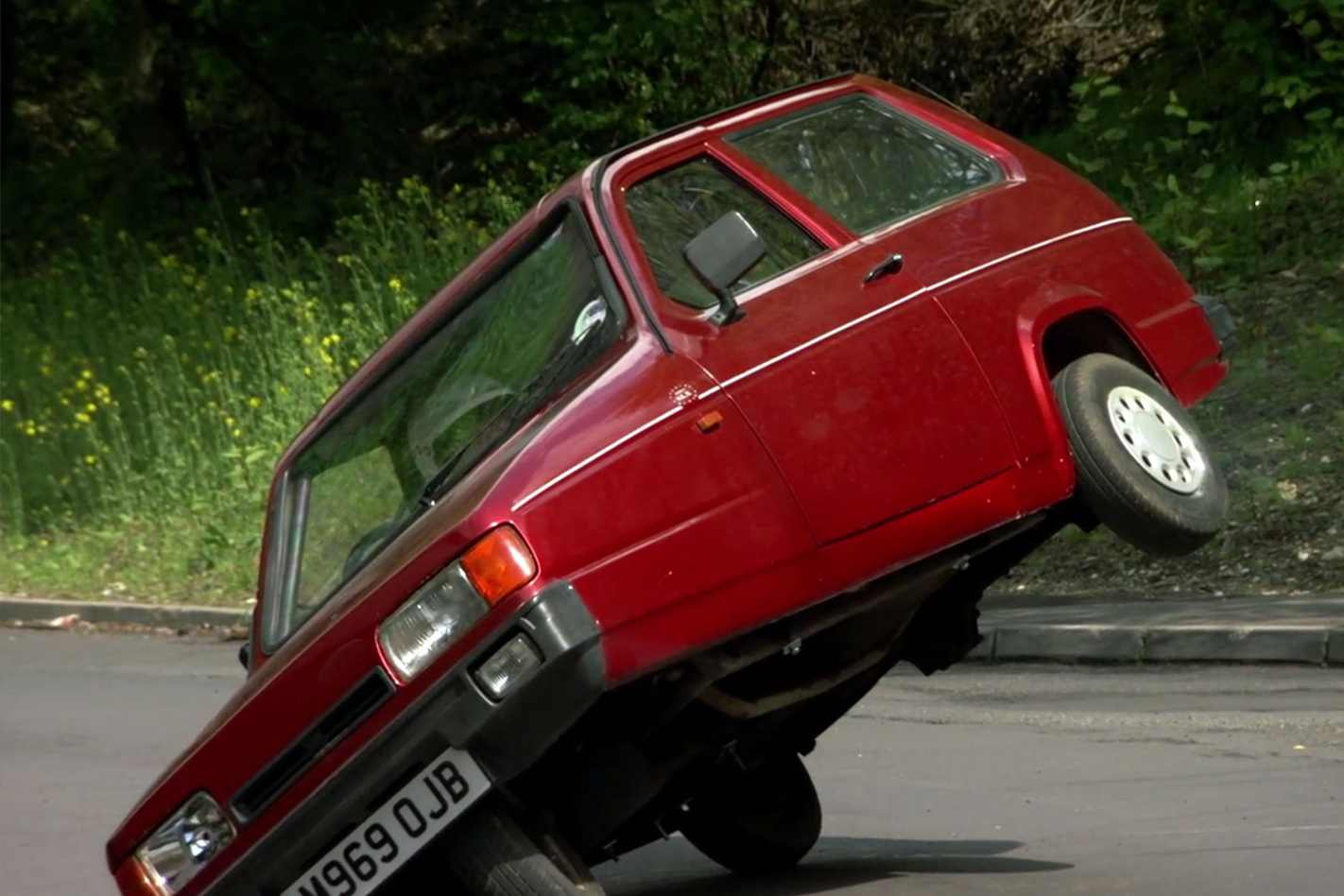
“Fuego” means “fire” in Spanish. But here, you’re talking only 1.6 litres of turbocharged French fire. The default Aussie version of the car came with an atmo 2.0-litre mill under its bonnet. The turbo helped the engine produce 180kW and 200Nm; the 2.0, 78kW and 158Nm.
The Fuego has several distinctions: it was the first design shaped in a wind tunnel, the first to feature central remote locking, and nominated the prettiest car you’d ever see broken down on the side of the road.
Estimated value to Wheels readers: A bag of snails
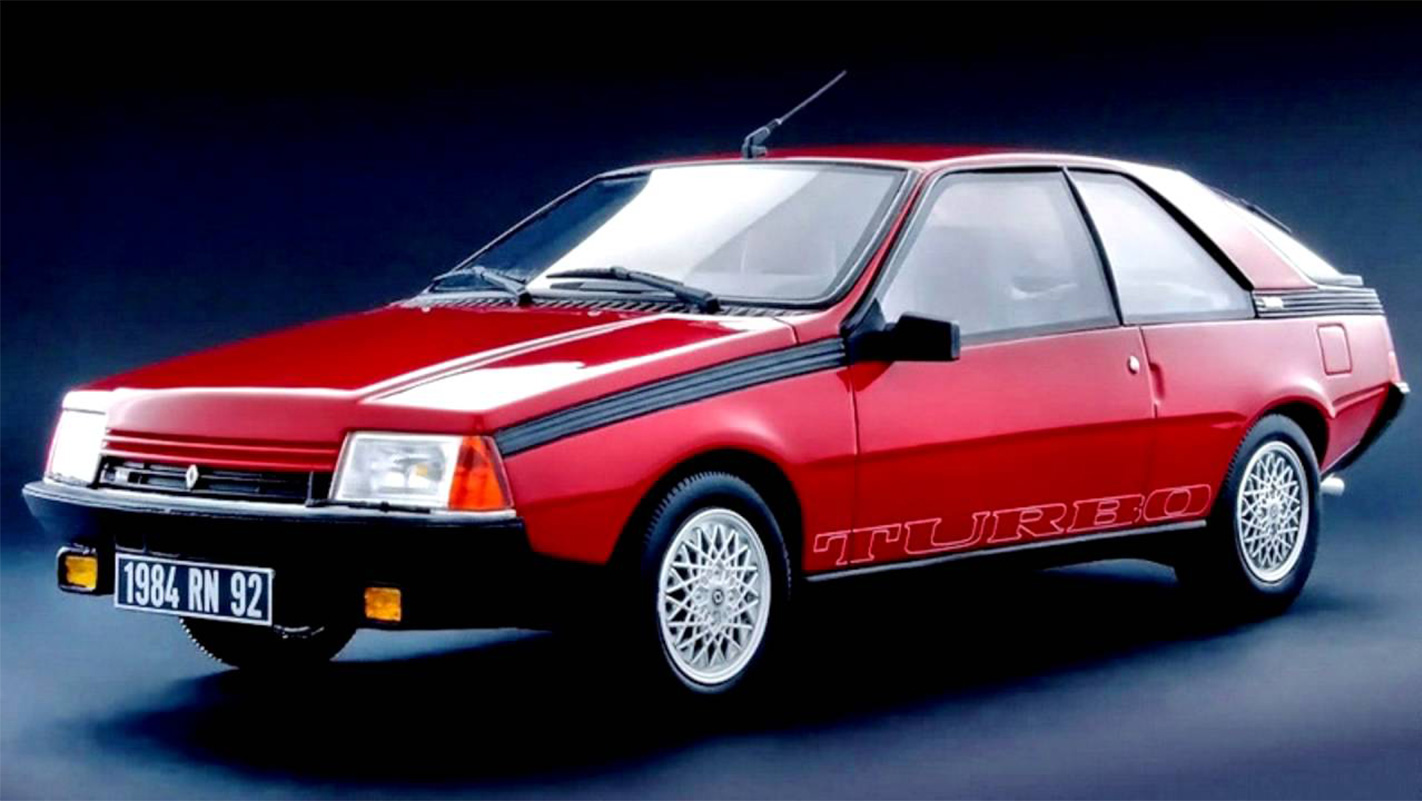
I had a Matchbox version of this svelte two-door coupe as a child. That “V4” at the end of the svelte Swede’s name isn’t just there for decoration; it actually used a 1.7-litre V4 engine originally developed for a mid-engined Ford Mustang, and spitting out almost 50kW. Earlier versions of the Sonett featured a two-stroke triple …
Estimated value to Wheels readers: $30,000
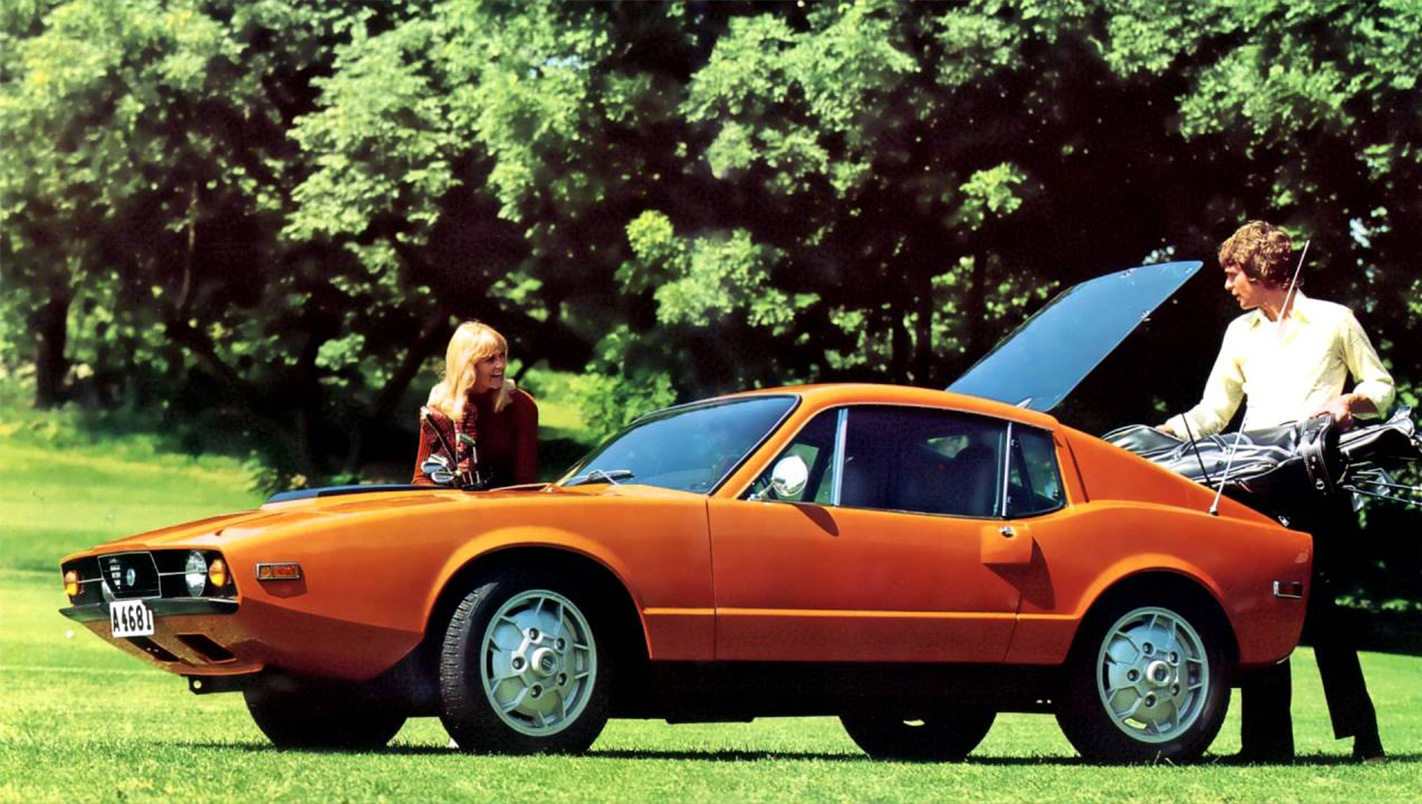
AC Cobras are desirable. But within that subset, there are Cobras that are worth a whole lot more than the others. This is one.
The 427 S/C – the bit at the end stands for “Semi/Competition” – is a lightly disguised race car. Legend has it that Shelby had ordered the big-block eights for competition after Ford made the 7.0-litre engine available to AC. In 1965, the rules said AC had to make 50 of them for homologation, but this was unexpectedly changed at short notice to make 100 the minimum build number. Orders were cancelled, and cars were quickly converted into road-going specification to get them out the door.
And someone here has one.
Estimated value to Wheels readers: $2 million

Little more than a four-wheeled motorcycle with suicide doors and a fibreglass roof. Powering it was 356cc of two-stroke air-cooled straight-twin engine hanging in between the rear wheels. It was quickly nicknamed the Ladybug; it was about as quick as one, the 0-100km/h time via the three-speed manual gearbox translates to around 40 seconds.
Estimated value to Wheels readers: Someone would overpay handsomely for one
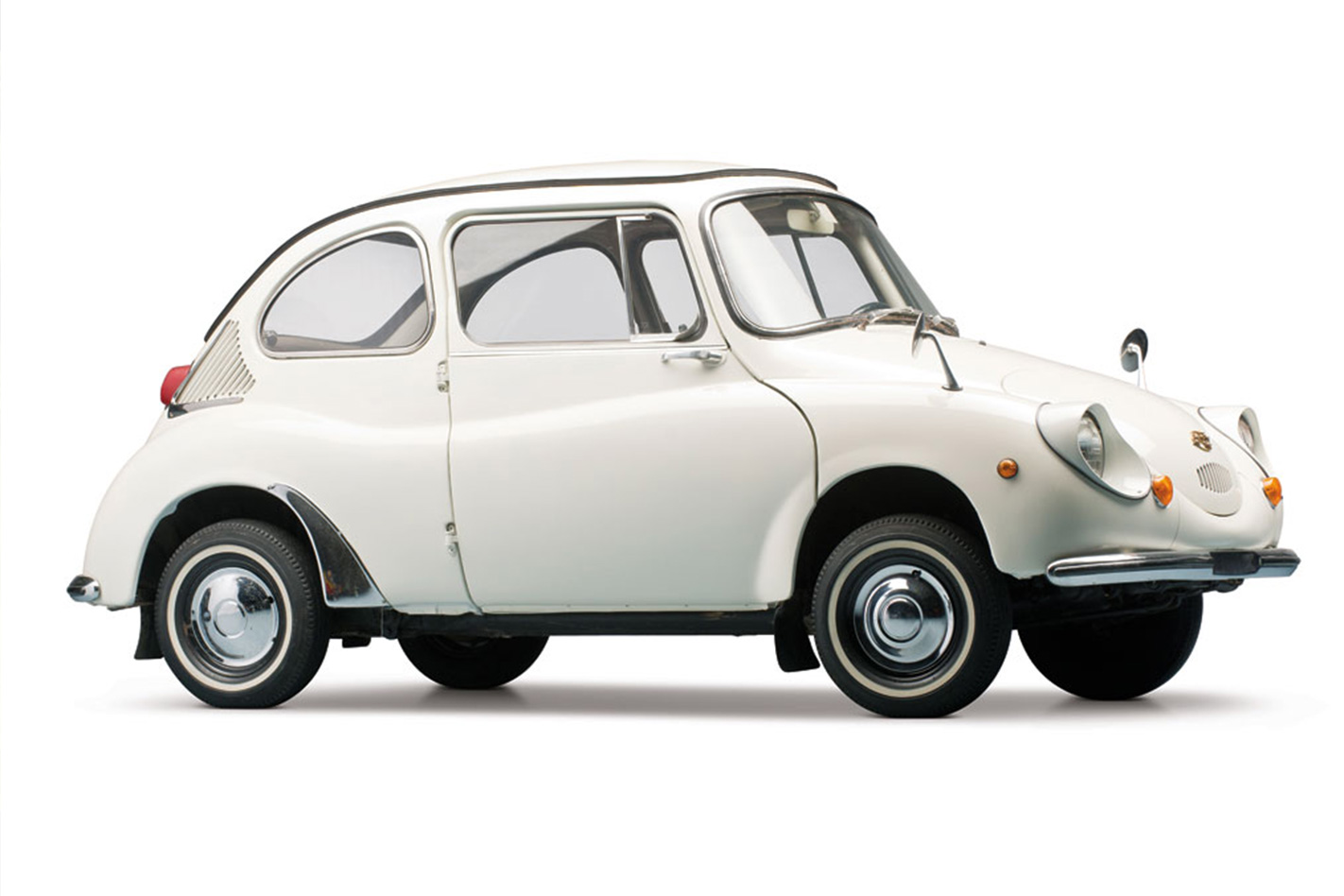
If you’ve seen Lemony Snickett’s A Series of Unfortunate Events, you’ve seen the Tatra 603. Cockroach-like in design, it was a rear-engined, air-cooled 2.5-litre V8 luxury car designed in secret and produced in the former Republic of Czechoslovakia so that the politburo could conspicuously go about their business of suppressing the republicans.
All up, there have been 14 of the 603 sedans brought in since 2000
Estimated value to Wheels readers: They’re cult faves amongst auto snobs
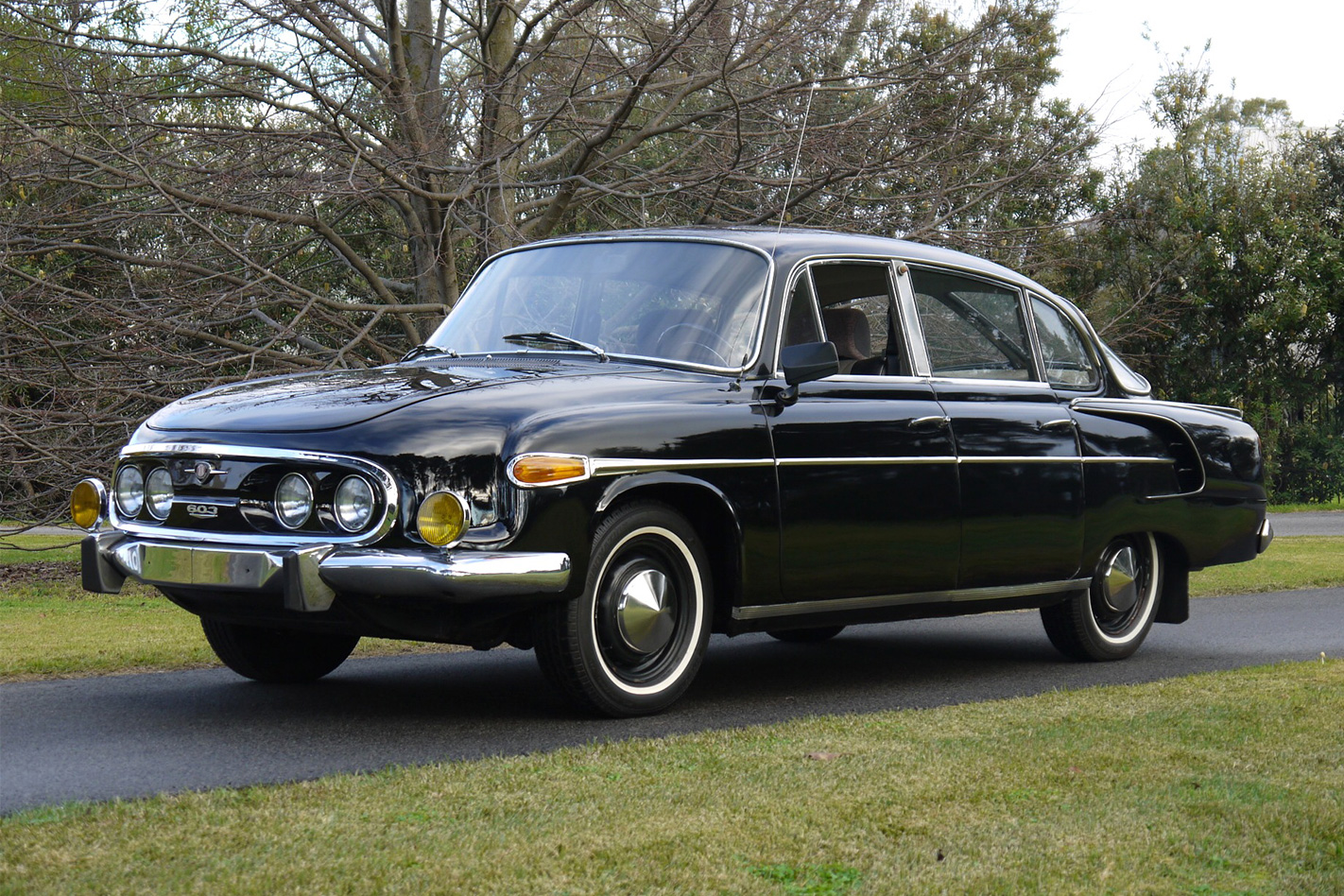
In a nutschell, this is an amphibious version of the Volkswagen Beetle. More than 15,000 were built as part of the German war machine, but few are known to remain today. If you’ve ever found it difficult choosing between a terrible boat and a terrible car, here’s your one-size-fits-all solution.
Estimated value to Wheels readers: $200,000 and a beachside house
